In modern bathroom design, a mirror with lighting has evolved from a simple lighting aid to a core element that enhances both functionality and aesthetic experience. According to the National Kitchen&Bath Association (NKBA) 2024 Bathroom Trends Report, over 58% of bathroom renovation projects have installed mirrors with lighting, an increase of nearly 20% from three years ago. Whether it's the convenience of daily use or the overall design sense of the space, a mirror with light is becoming a "standard" in bathroom decoration.
This article will thoroughly analyse how to scientifically and reasonably incorporate a mirror with light into bathroom decoration from six aspects: functional value, design principles, installation points, lighting schemes, material technology, and future trends.
1.Functional value: Why choose Mirror with Light?
1.1 Improving Lighting Quality
Traditional bathroom lighting relies heavily on top fixtures, which can easily create shadows and affect the makeup or shaving experience. The illuminated mirror achieves uniform and blind spot free facial light coverage through surrounding light sources or embedded lighting.
According to the Illuminating Engineering Society (IES) recommendation, the illumination in front of bathroom mirrors should reach 500-1000 Lux, and mirrors with built-in light sources can accurately meet this requirement.
1.2 Aesthetics and Atmosphere Creation
A mirror with light is not only a functional product, but also enhances the aesthetic design of the bathroom. The combination of soft light sources and specular reflection can create a spa-like atmosphere.
A study by the Lighting Research Centre reveals that mirrors with light sources can enhance the overall brightness of bathroom spaces by an average of 20-30%, while mitigating the sense of oppression caused by local shadows.
1.3 Space saving
In small bathrooms, a mirror with integrated lighting combines lighting and mirror functions to replace additional wall or ceiling lights, saving space and simplifying installation.
2.Design principle: Integration of light and space
2.1 Height and Proportion
Installation height: The lower edge of the mirror is about 40-42 inches above the ground, and the upper edge height is about 72 inches, which conforms to ergonomics.
Width ratio: The mirror width should be 70-80% of the basin width to ensure visual balance and comfort during use.
2.2 Light source layout
Surrounding light source: provides the most uniform lighting effect, making it suitable for daily makeup and skincare.
Top light strip: emphasises functional lighting, suitable for pairing with small bathrooms or single basins.
Backlight design: Creating an atmosphere and spatial hierarchy through a hidden light strip between the mirror and the wall.
2.3 Color Temperature and Color Rendering Index
The recommended colour temperature is between 2700K and 5000K. Warm light is preferred in daily life, and neutral or cool light should be used for fine operation.
The colour rendering index (CRI) should be ≥ 90 to ensure accurate colour reproduction during makeup.
3.Installation points: equal emphasis on safety and practicality
3.1 Waterproof and safety level
Due to the mirror being in a humid environment, a waterproof standard of IP44 or higher must be selected to ensure stable operation of the light source and circuit.
3.2 Power Supply and Wiring
Suggest reserving an independent power interface for easy maintenance or replacement in the future.
The power cord should be hidden on the wall or behind the mirror to avoid exposure, which can affect both aesthetics and safety.
3.3 Fixed method
Large or heavy-duty mirrors with light require the use of metal pendants and wall expansion bolts for fixation.
Small mirrors can be installed through hooks or brackets, but their load-bearing capacity must be ensured.

4.Lighting scheme: How to achieve the best effect?
4.1 Single mirror configuration
Suitable for small bathrooms, this model typically features a 24-36 inch single basin and is equipped with surround light sources or top light strips.
4.2 Dual mirror layout
In the double basin design, two independent illuminated mirrors can be installed to ensure independent lighting and maintain overall symmetrical aesthetics.
4.3 Ultra-wide mirror surface
Suitable for large bathrooms, enhance visual extension through horizontal ultra-wide mirrors combined with continuous light strips. This type of design is considered the future mainstream in the Houzz 2025 Bathroom Design Trend Report.
5.Material and Craftsmanship: Durability and Aesthetics
5.1 Mirror Material
High-transparency glass provides a clearer reflection effect.
Anti-fog treatment: reduces water vapour interference through built-in heating film or special coating
5.2 Types of Light Sources
LED strip: Long lifespan, low energy consumption, and low heat generation
Dimmable light source: supports touch adjustment of brightness and colour temperature, suitable for different usage scenarios
5.3 Outer frame technology
Frameless design: suitable for minimalist modern style
Metal frame: Black, brushed nickel, or gold borders that enhance visual depth
6.Industry Trends and Data Support
NKBA report: The usage rate of mirrors with light in bathroom renovation has increased by an average of 12% annually.
Houzz data: Over 35% of decoration cases use illuminated mirrors as one of the main light sources in the bathroom.
Lighting Research Centre: Integrated LED light sources can reduce overall lighting energy consumption in bathrooms by about 25%, in line with energy-saving and environmental trends.
Future development trends include:
Intelligent integration: touch dimming, anti-fog, Bluetooth audio, and time display functions are gradually becoming popular.
Modular design: can freely combine lenses and light source modules of different sizes to meet personalised needs.
Sustainable technology: using low-energy LEDs and recyclable materials, in compliance with green building standards.
7.Conclusion
A mirror with light has become an indispensable component of modern bathroom decoration.
It enhances the daily care experience through uniform lighting,
Enhance spatial aesthetics through diversified design,
Adapt to future development trends through energy-saving and intelligent functions.
In specific decoration, creating a mirror with light should comprehensively consider ergonomics, spatial proportion, lighting quality, safety regulations, and design style. Only with the support of scientific layout and high-quality craftsmanship can illuminated mirrors fully realise their dual value in functionality and aesthetics, bringing higher comfort and value to bathroom renovation.
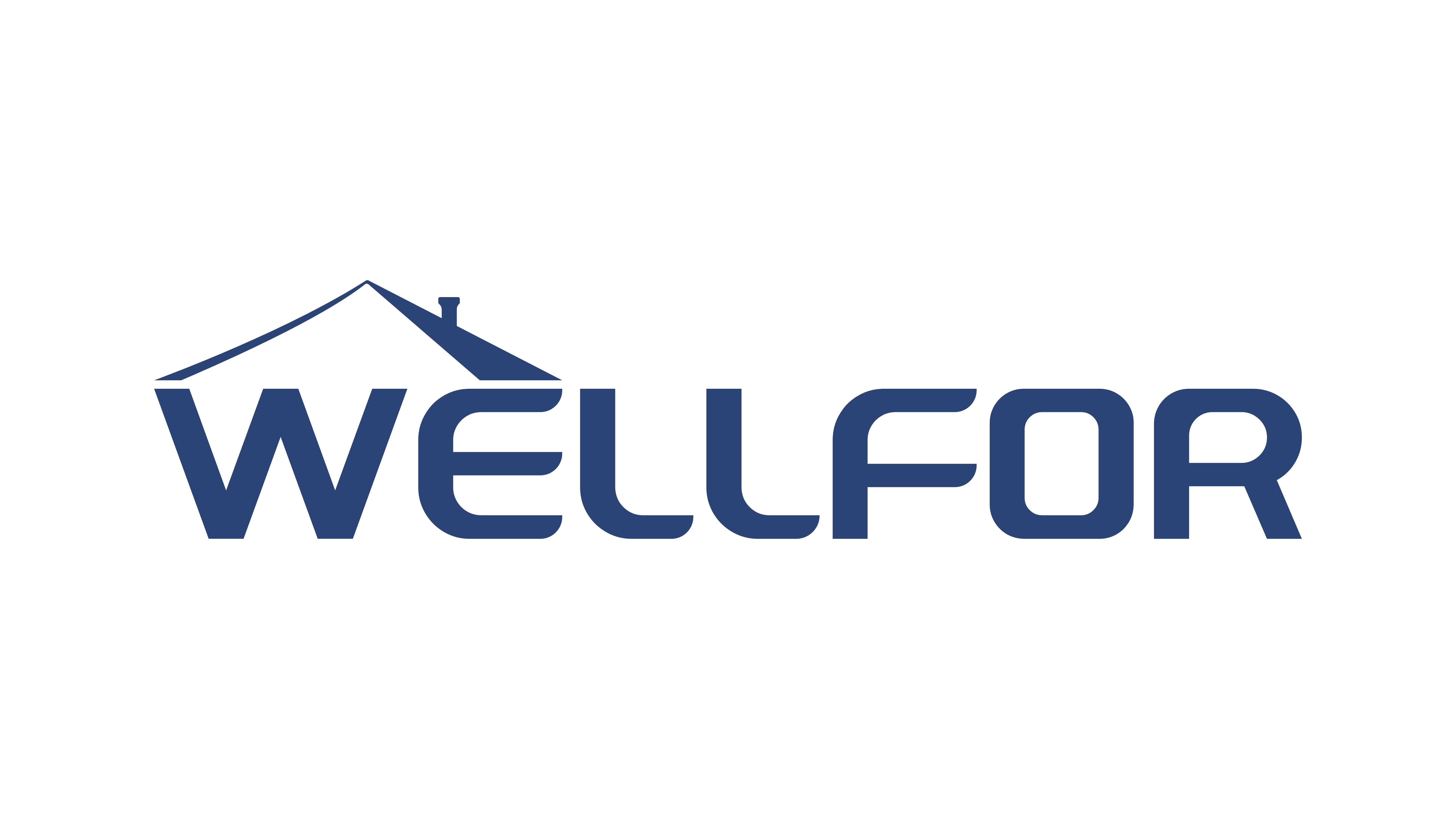
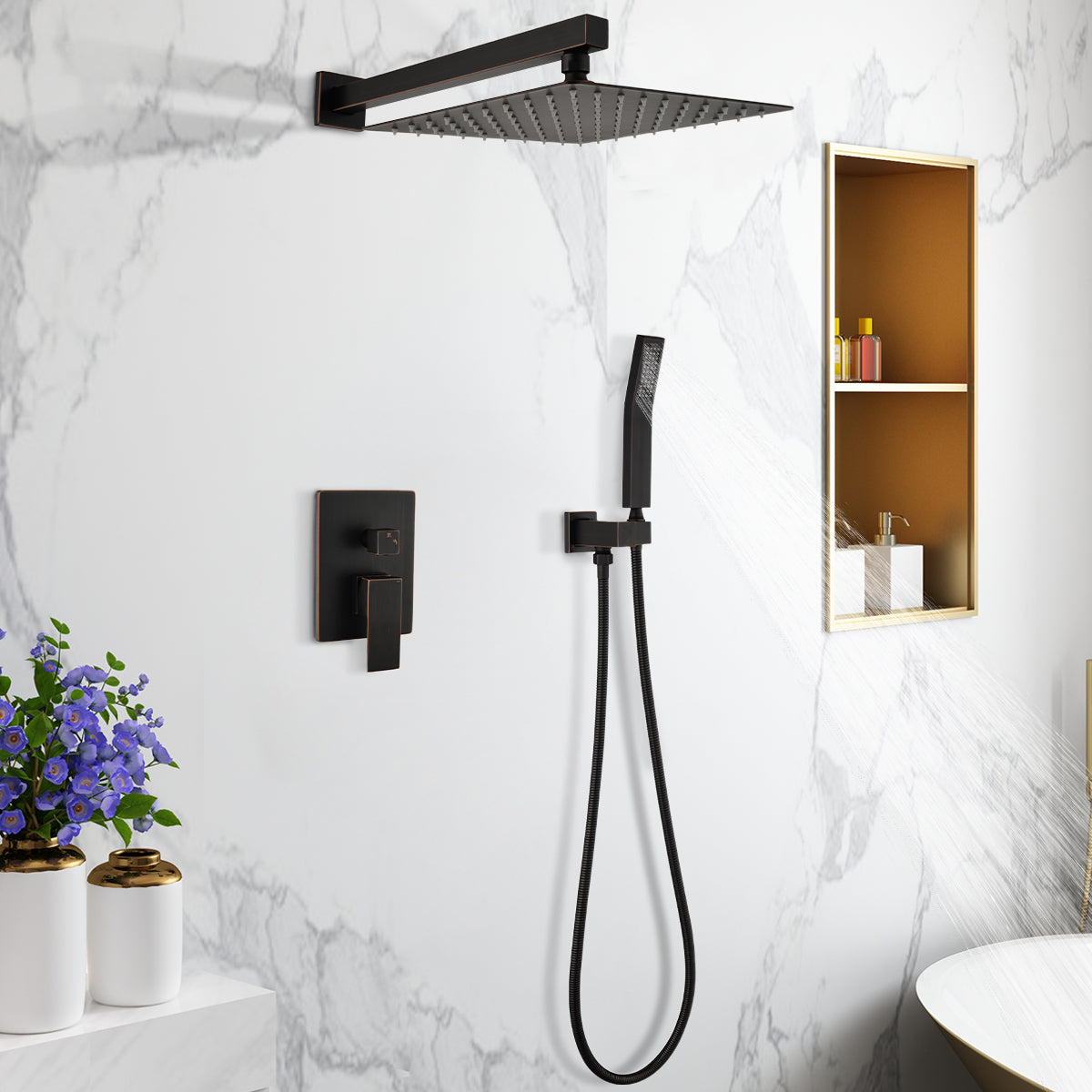
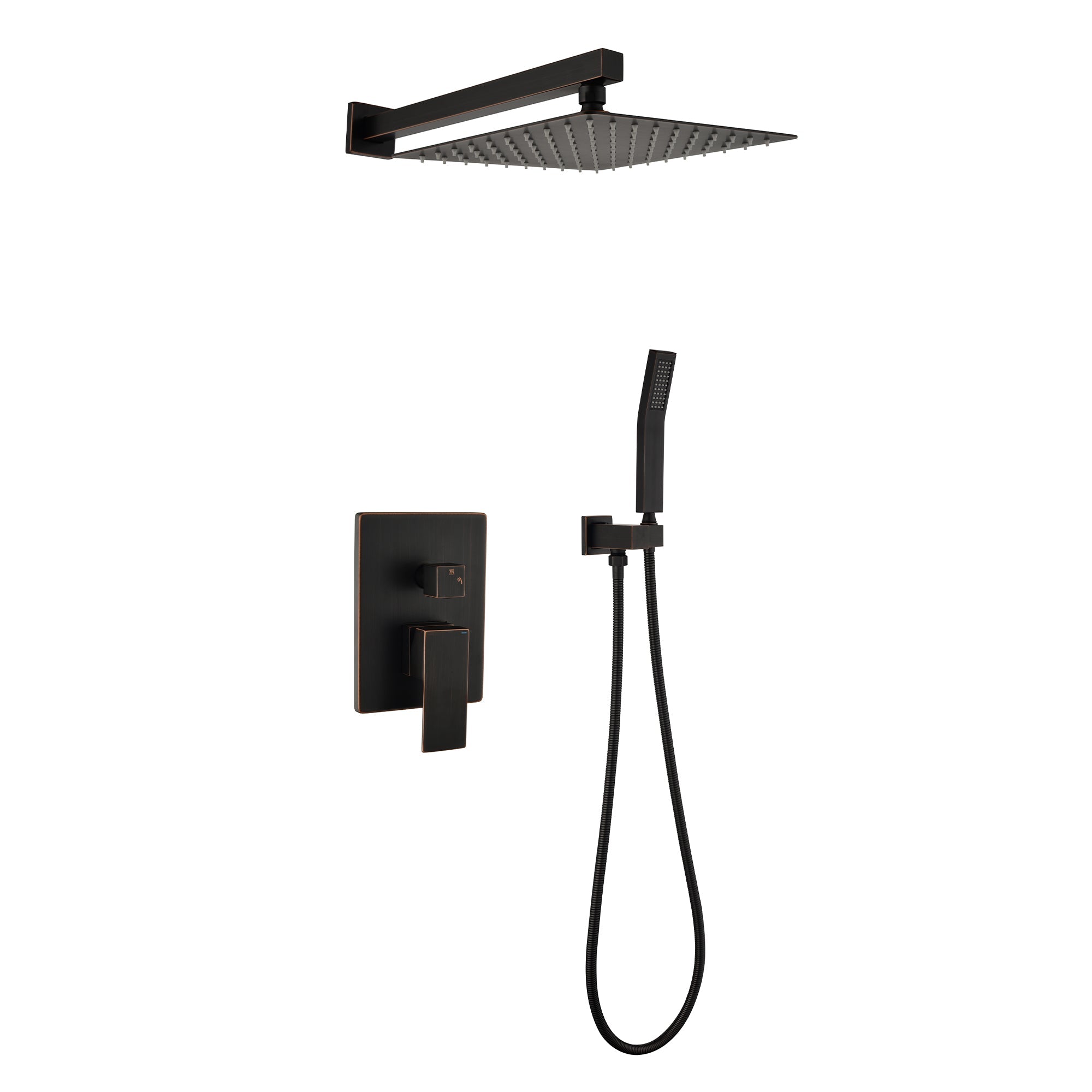


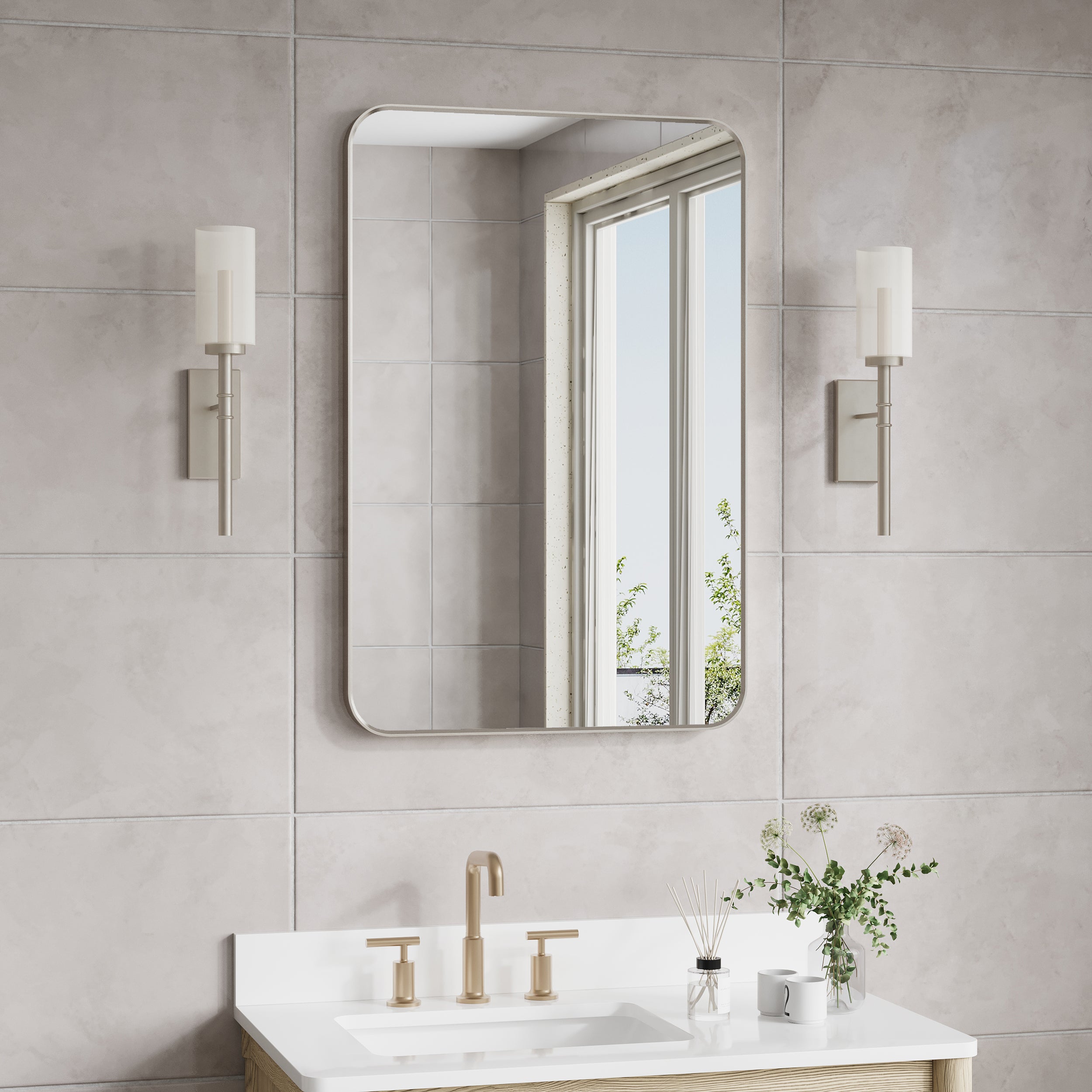
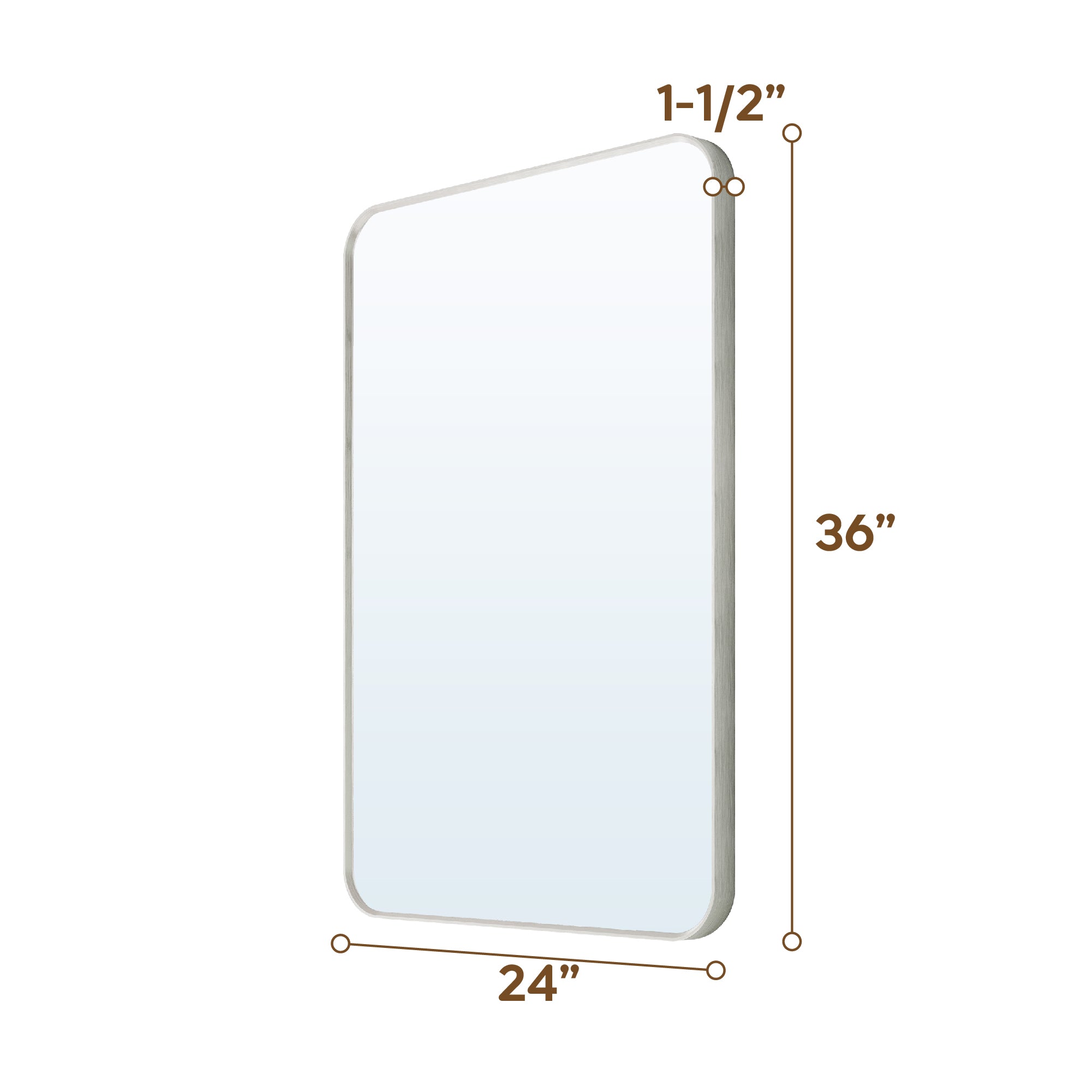

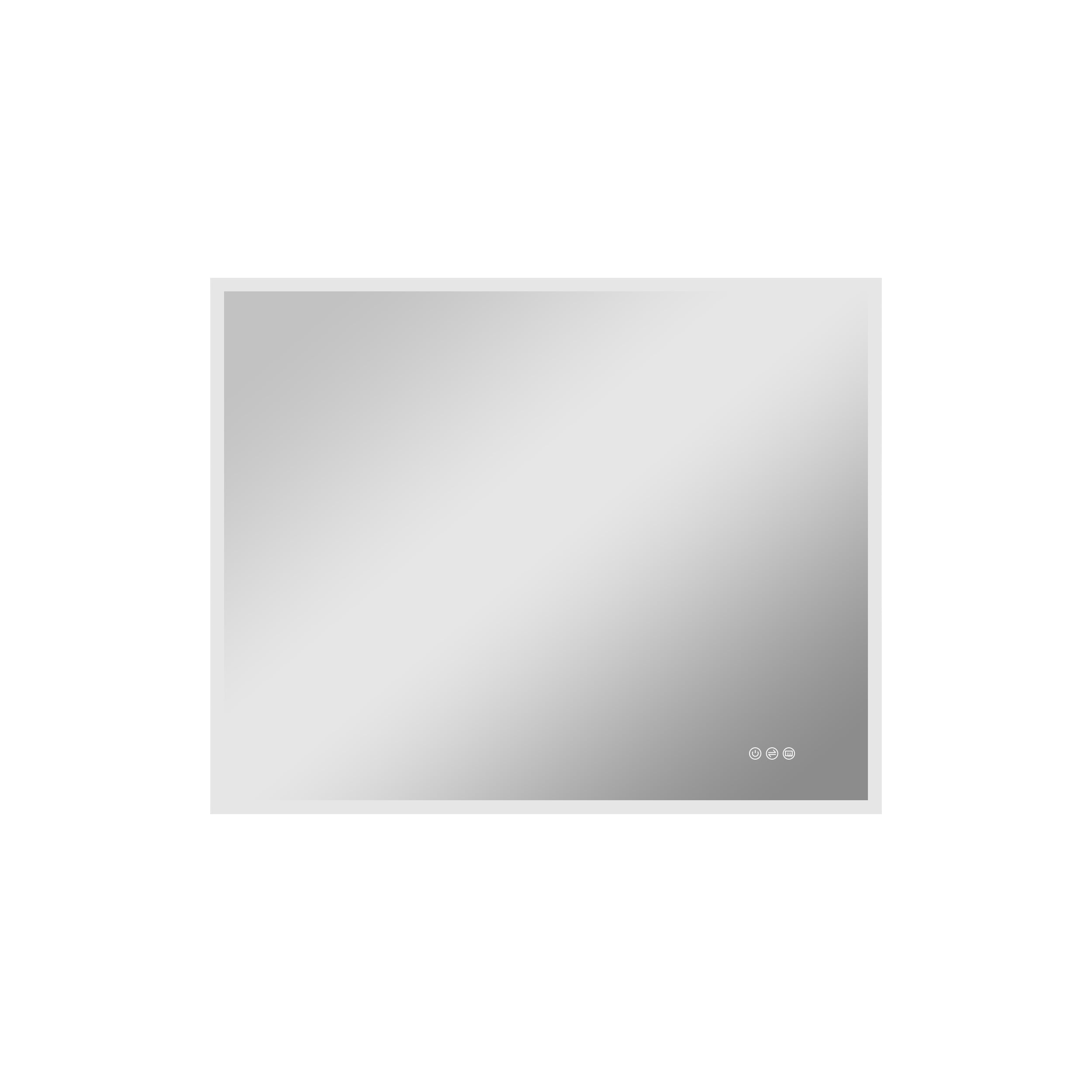
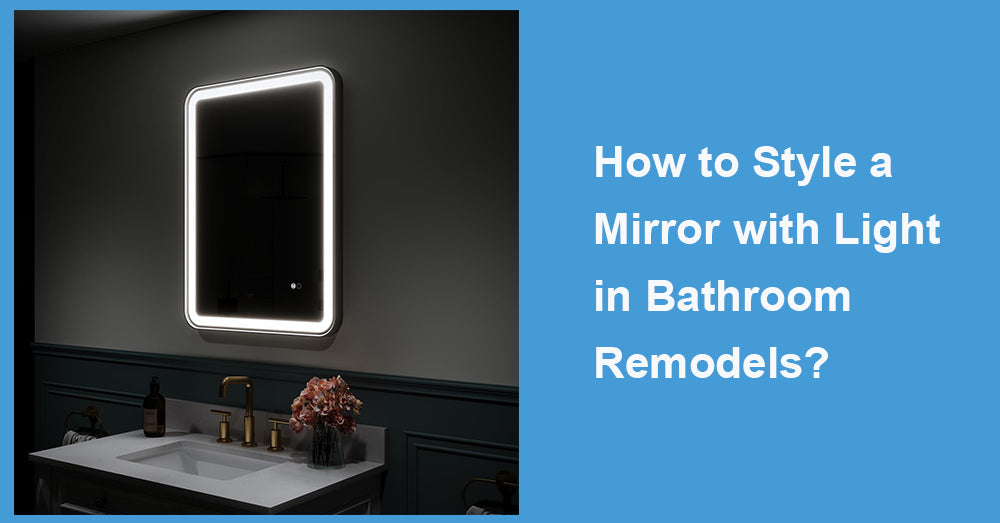
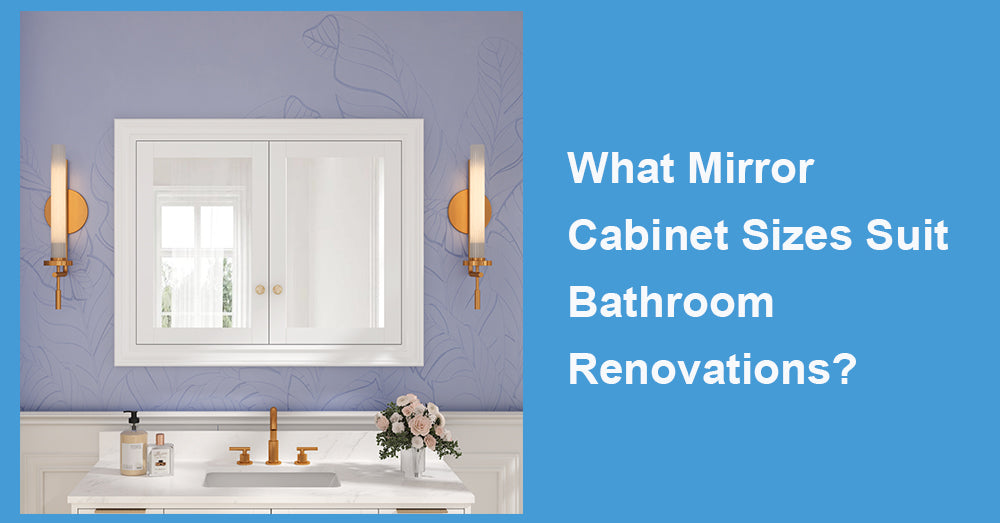

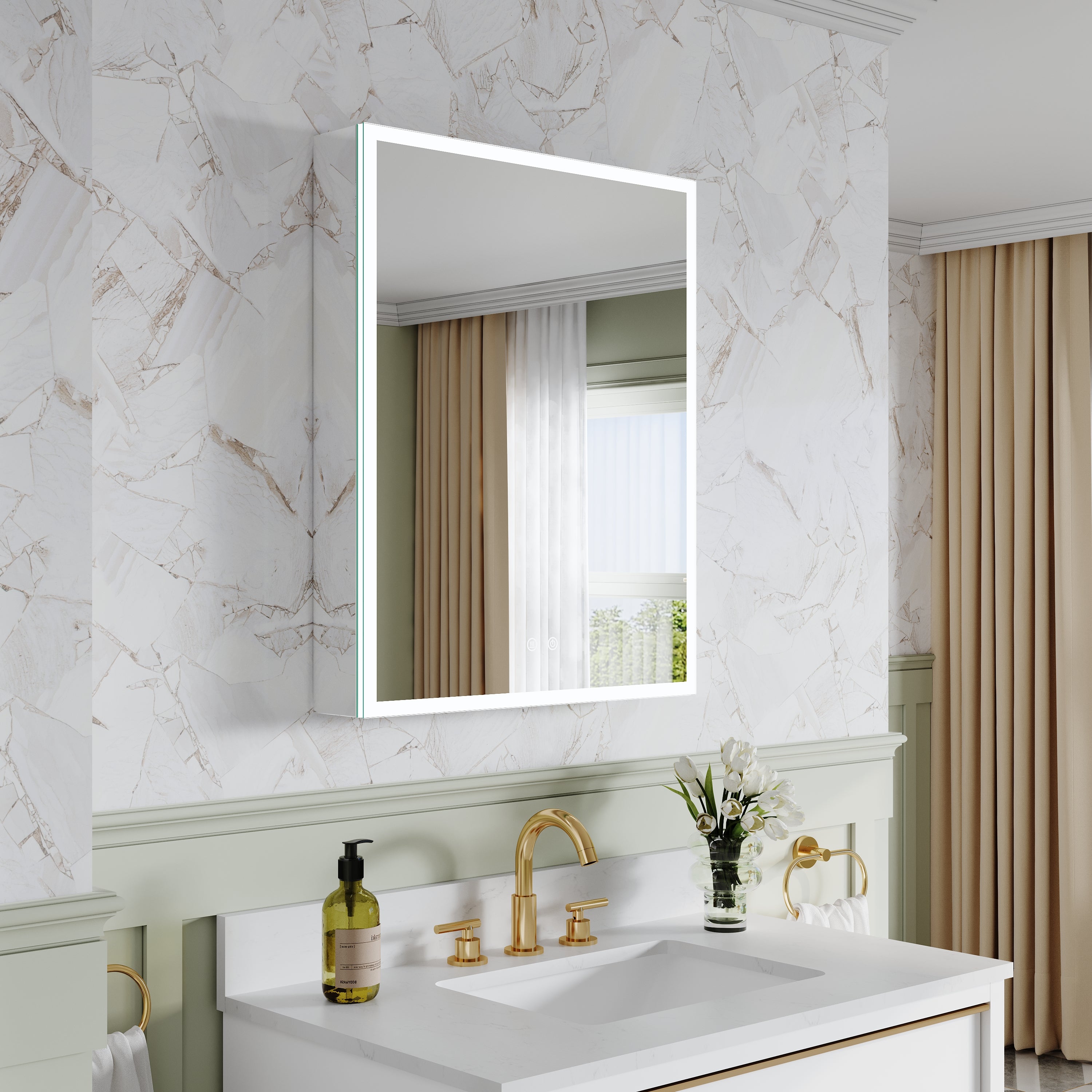
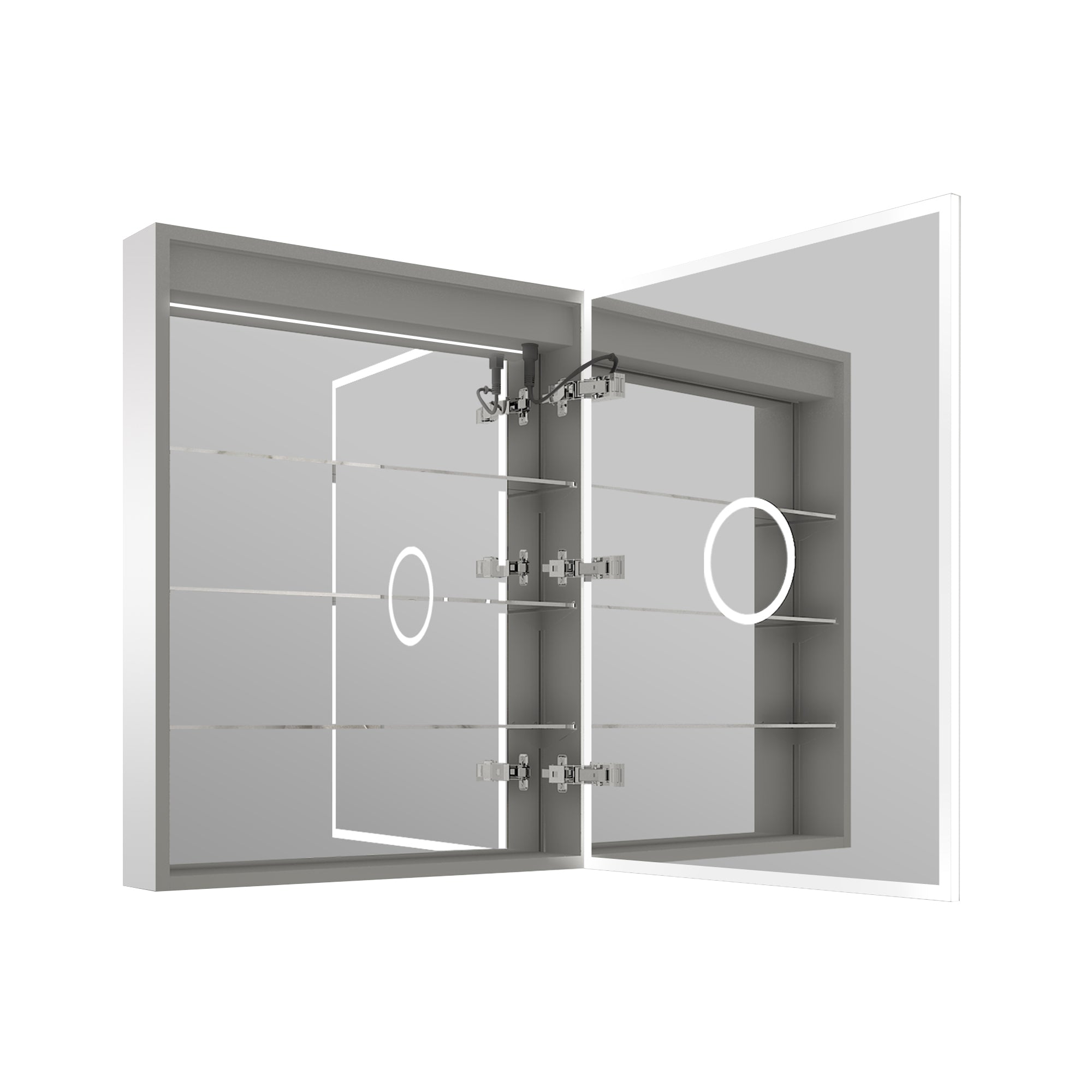
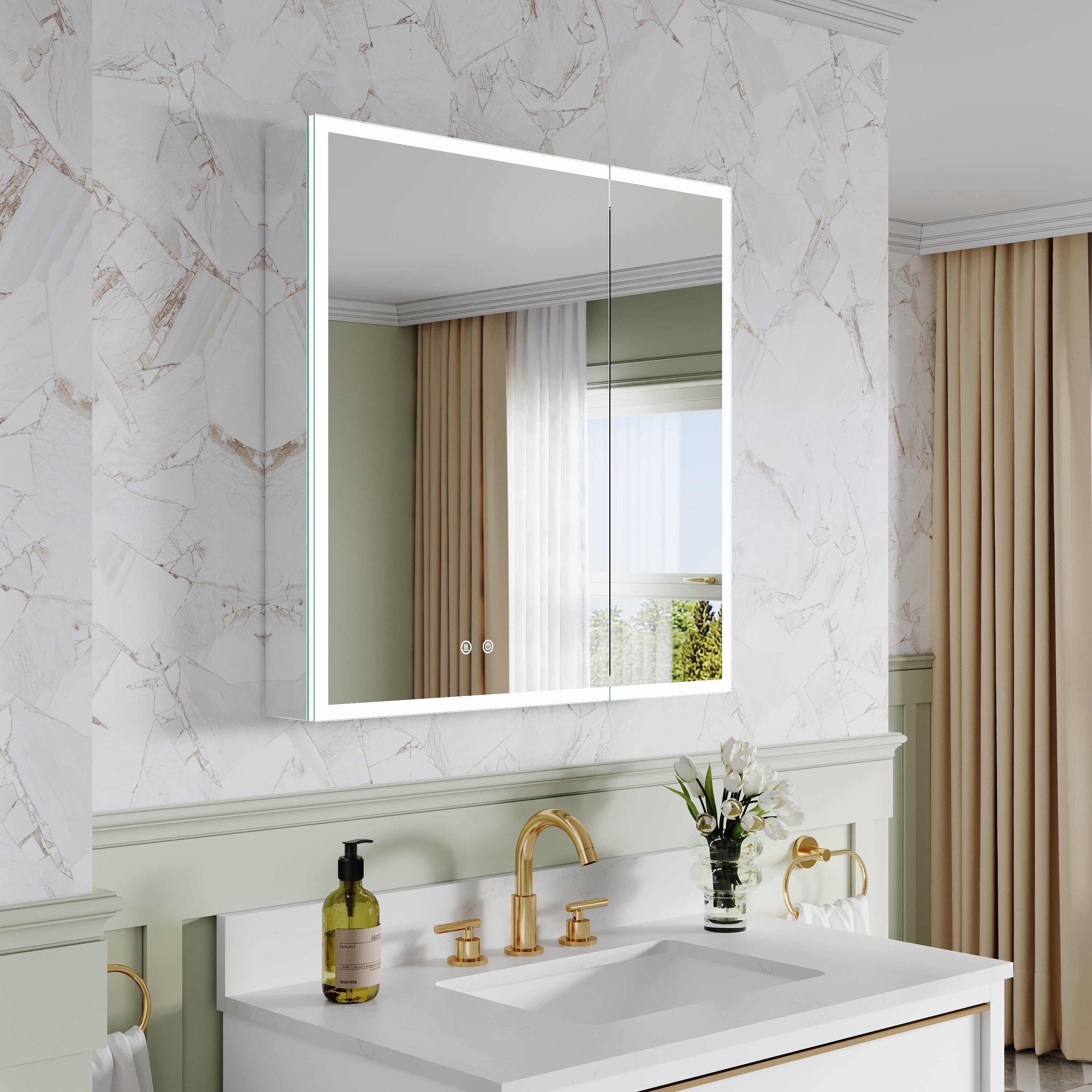
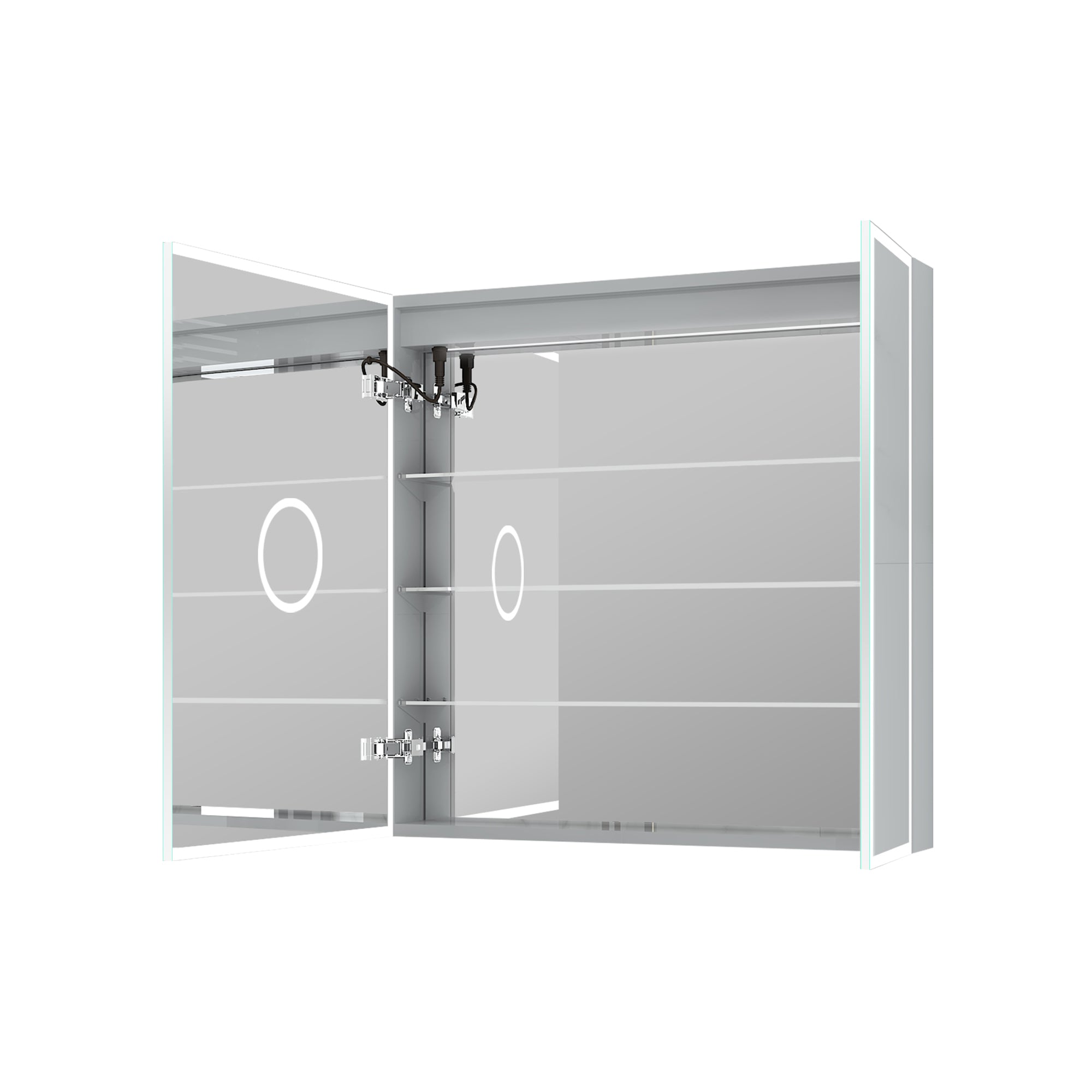
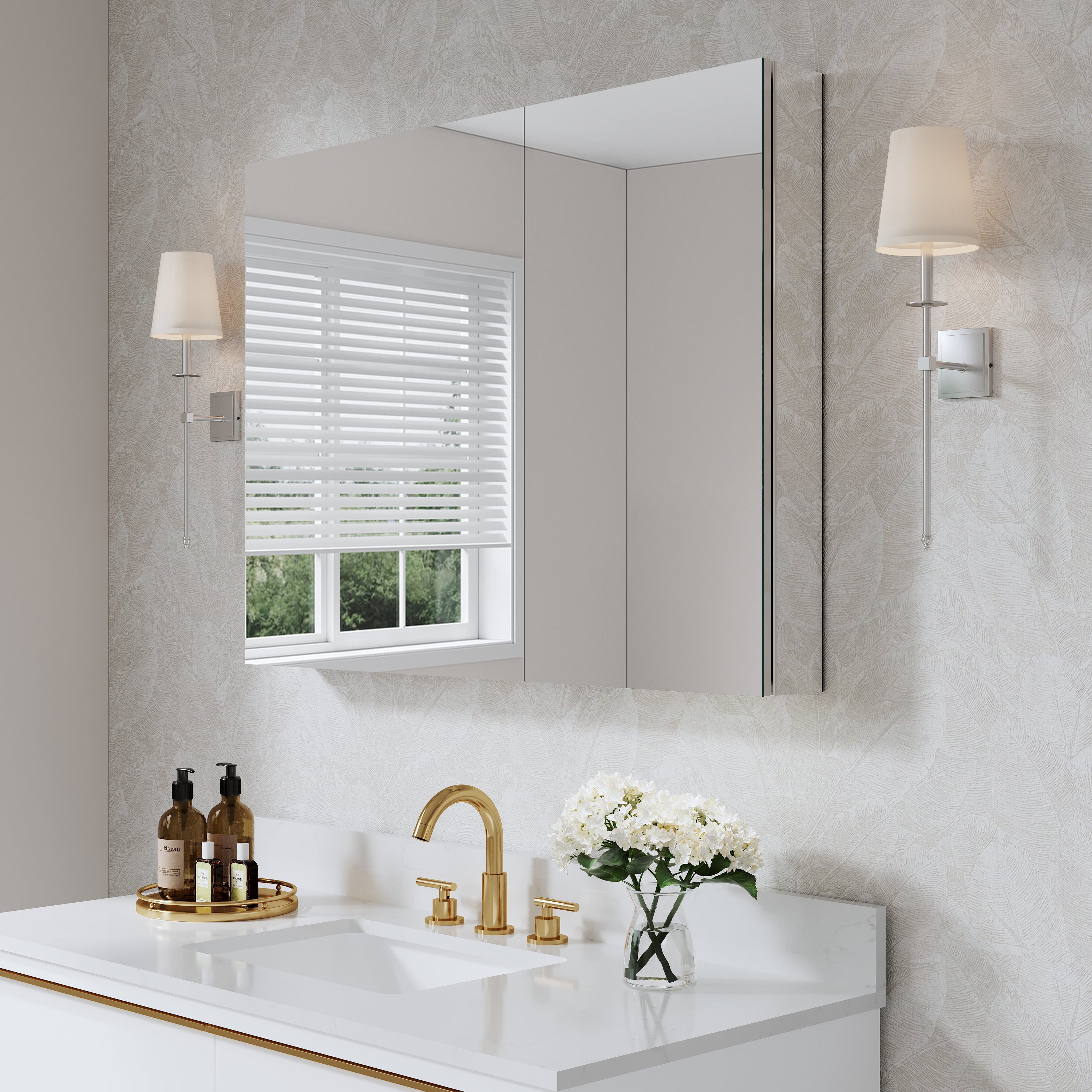

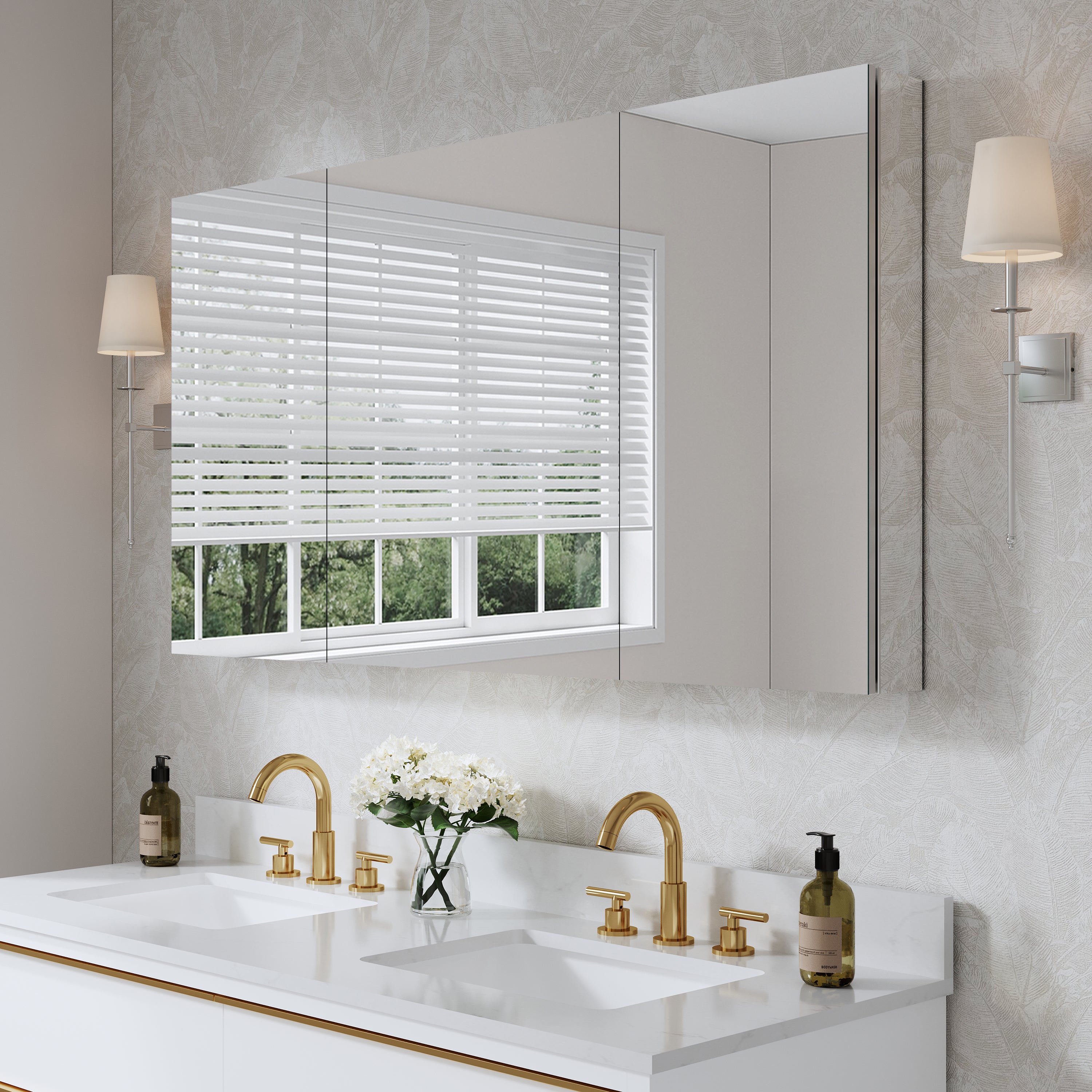

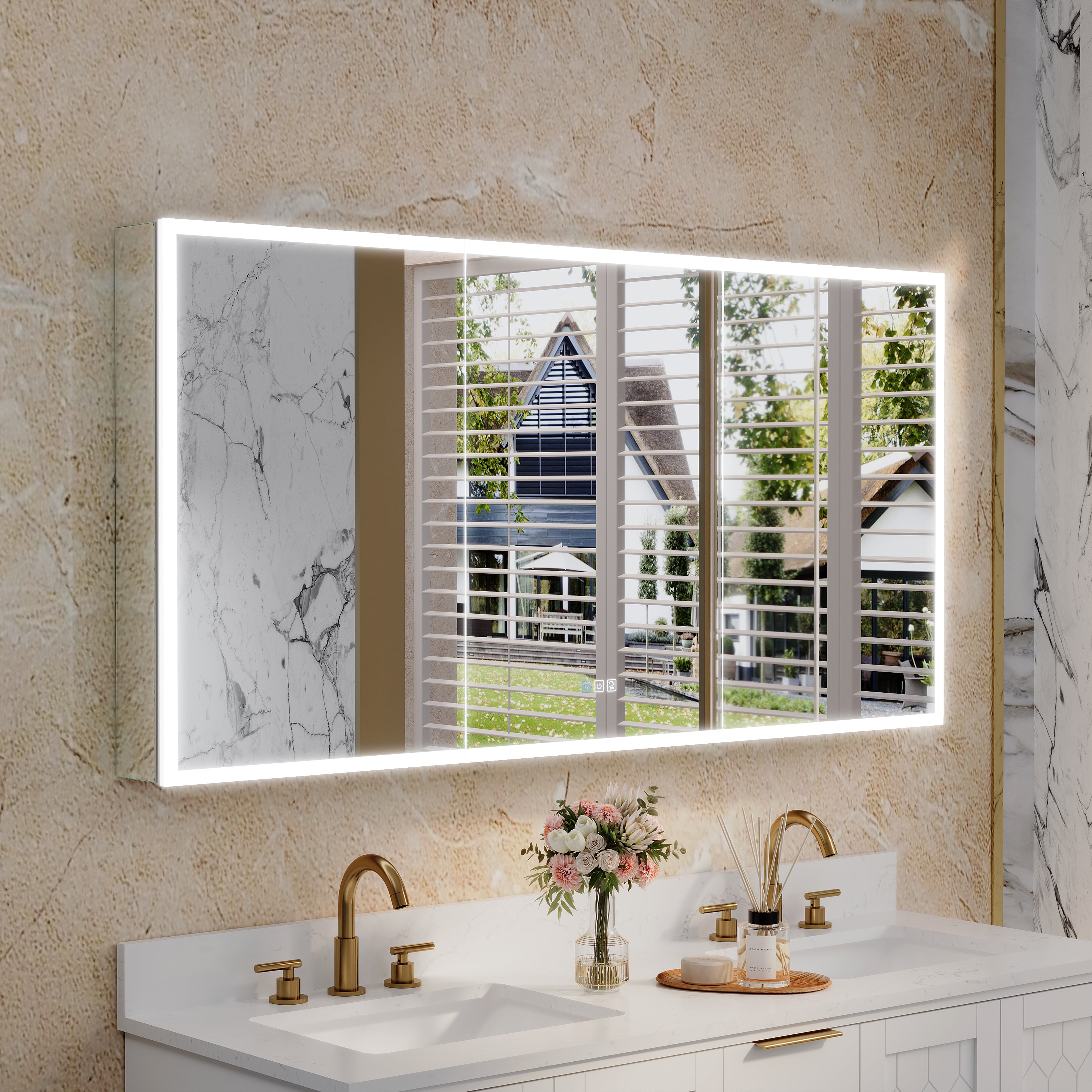

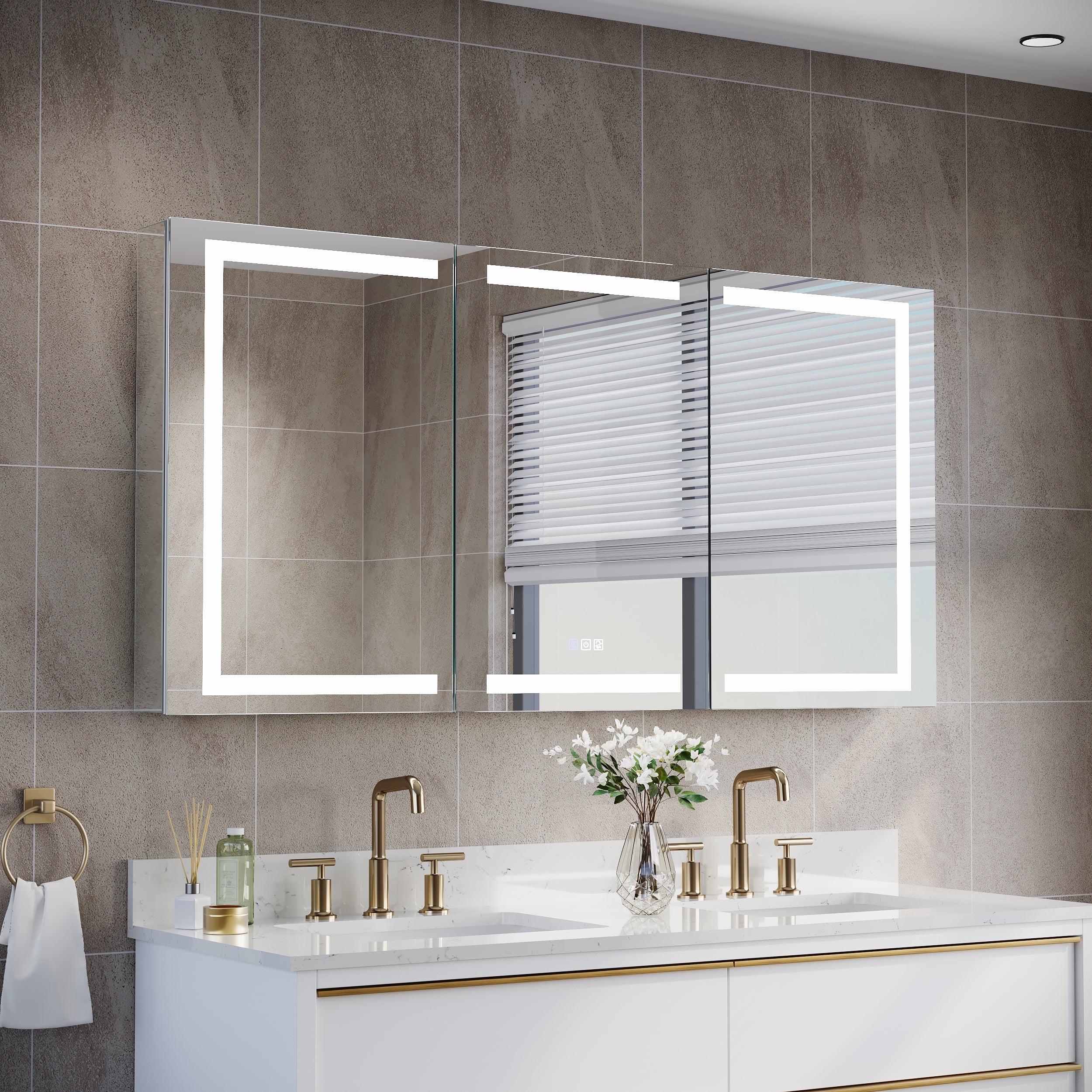


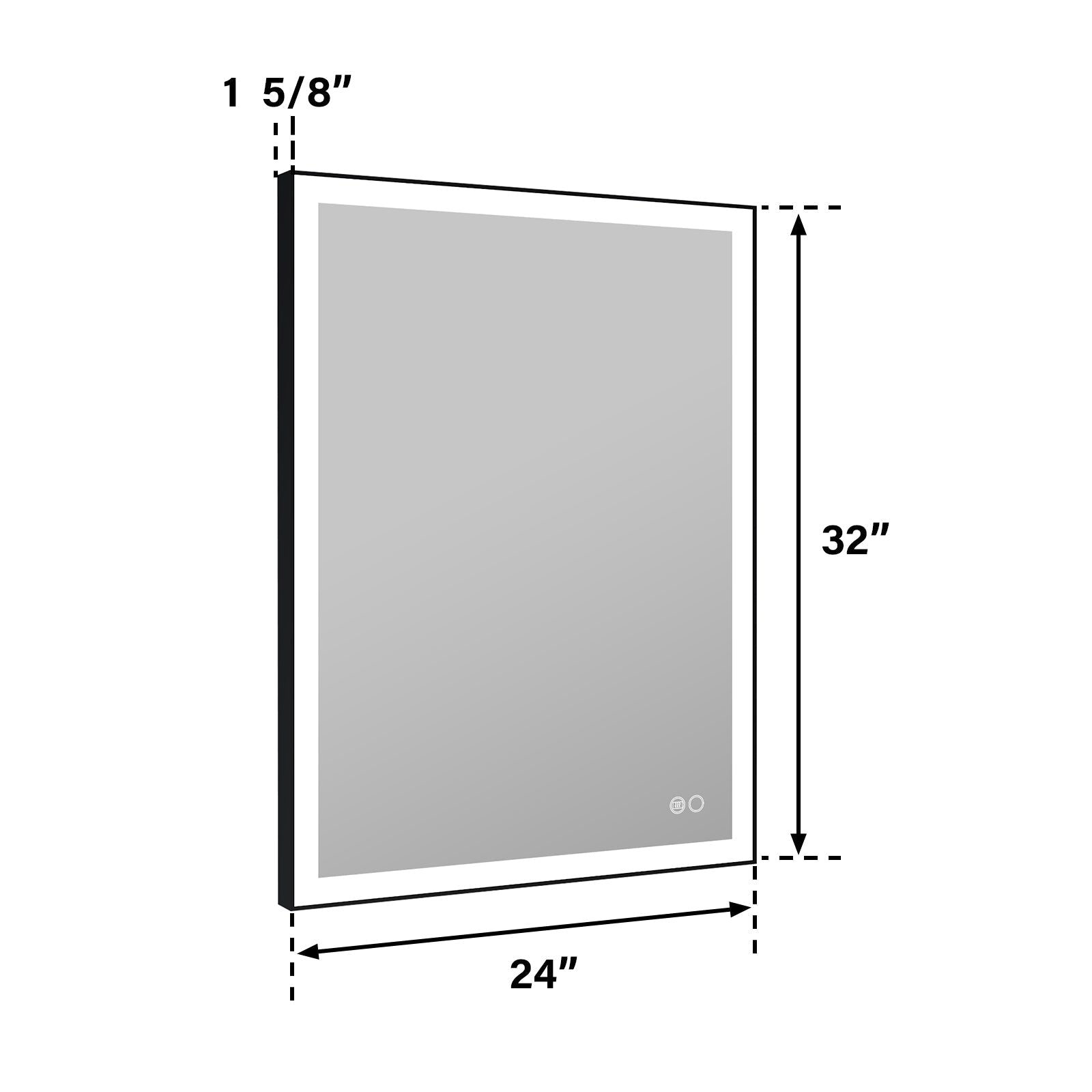
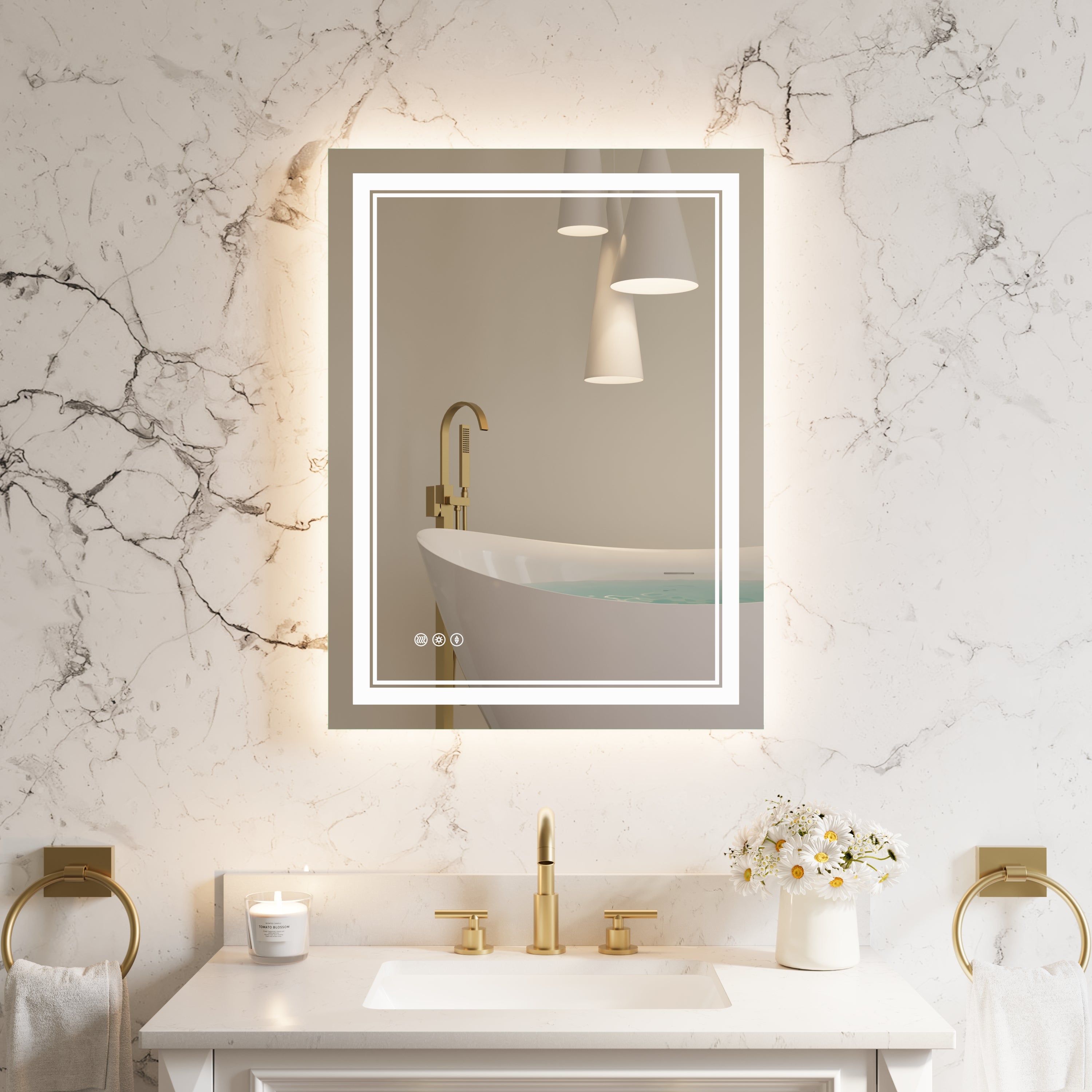
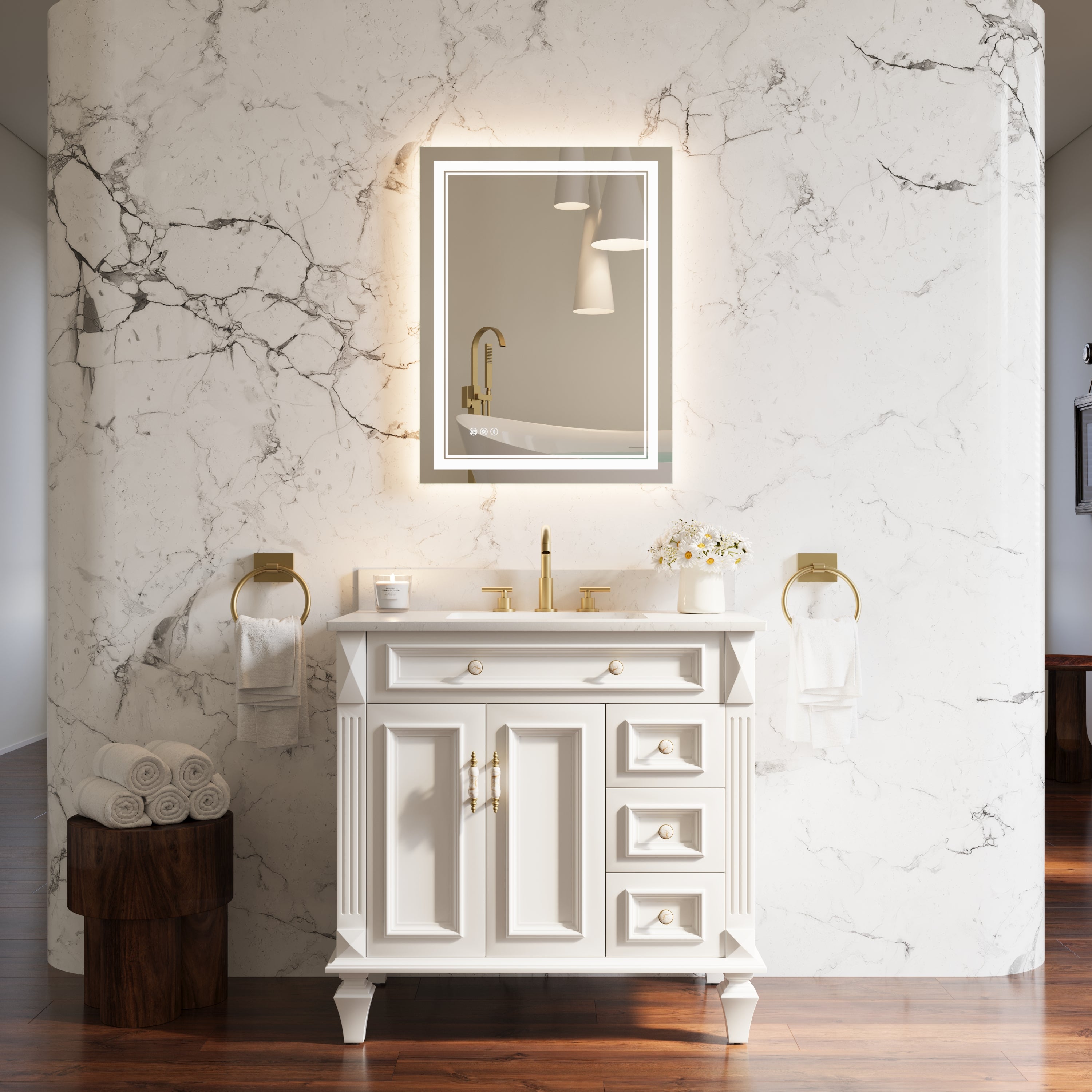
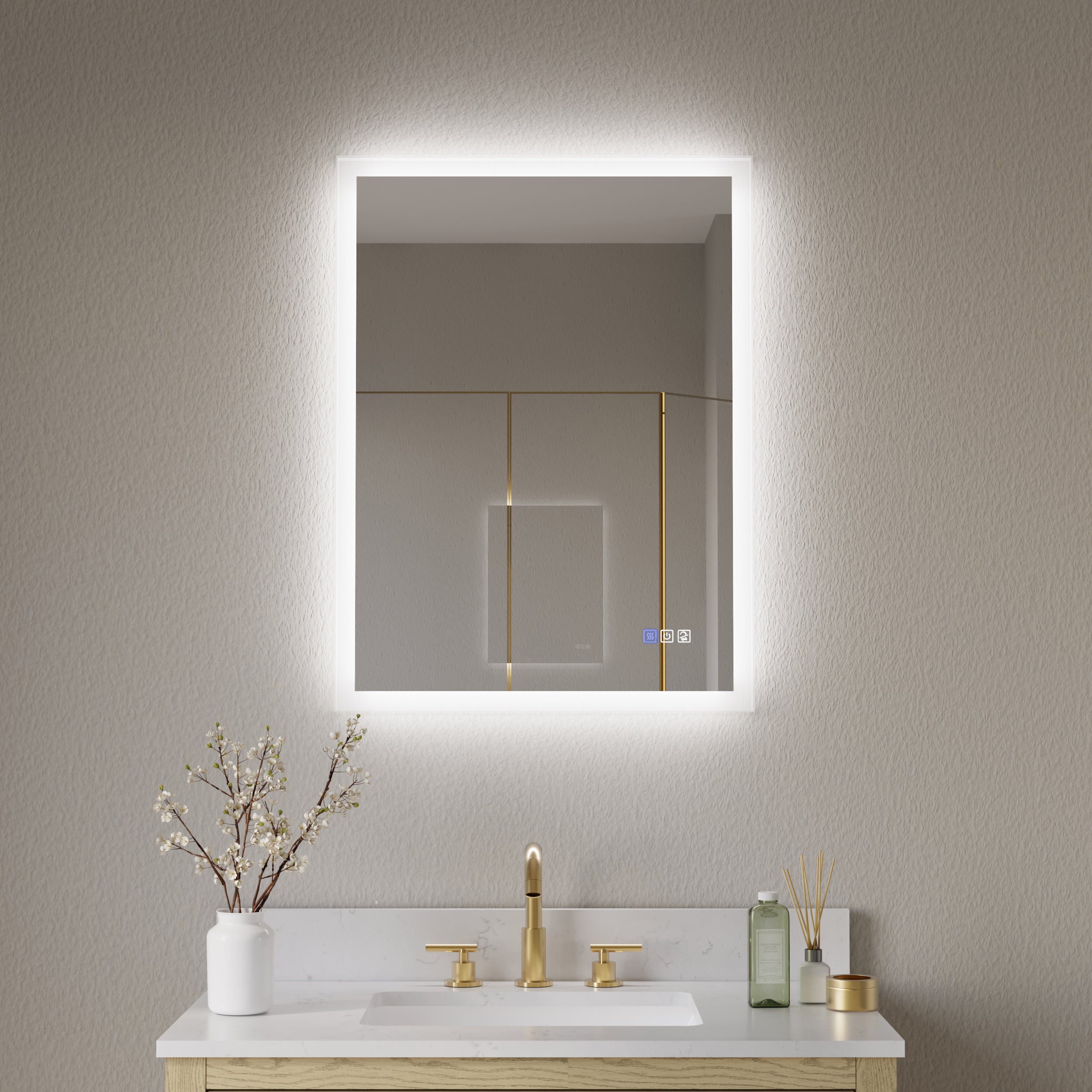

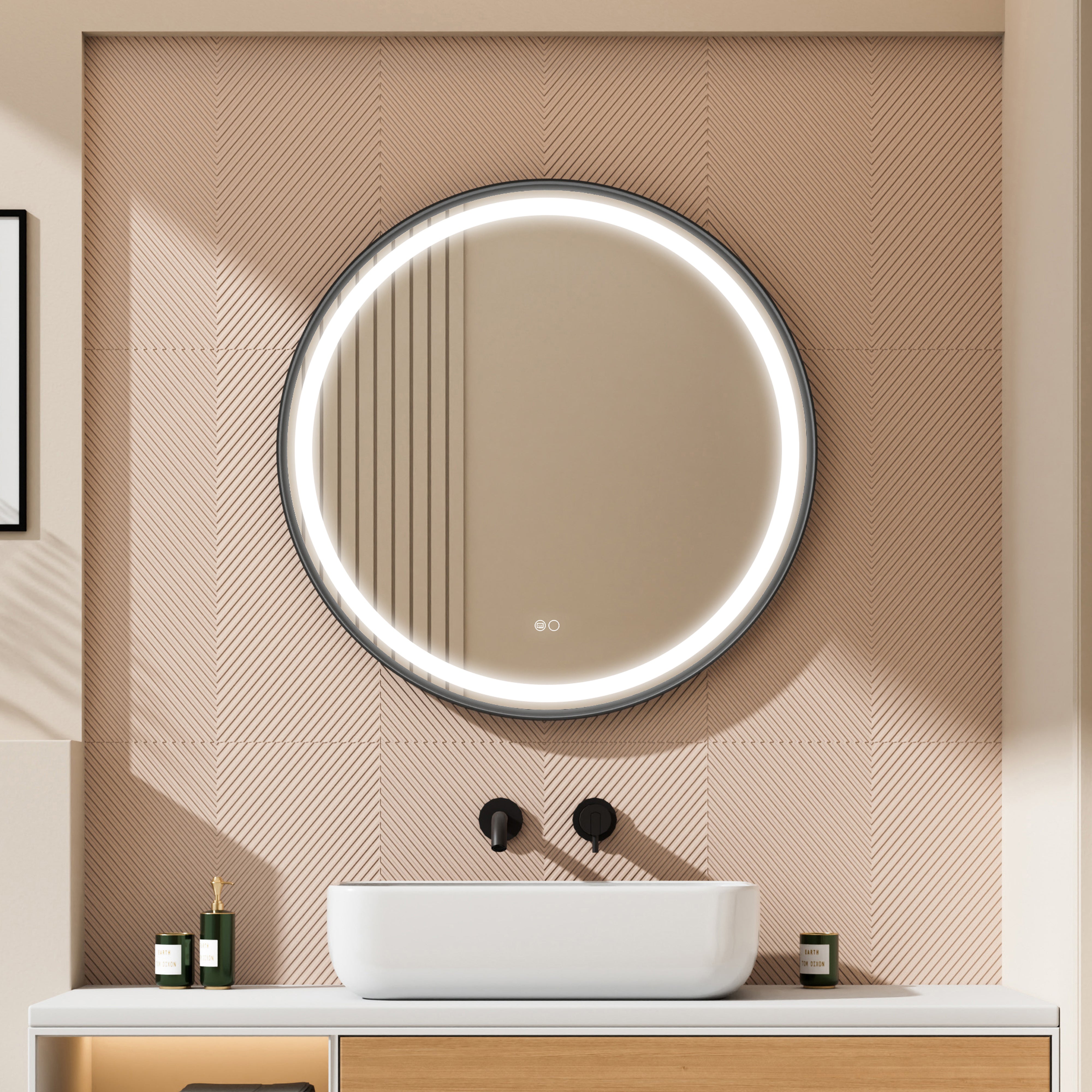
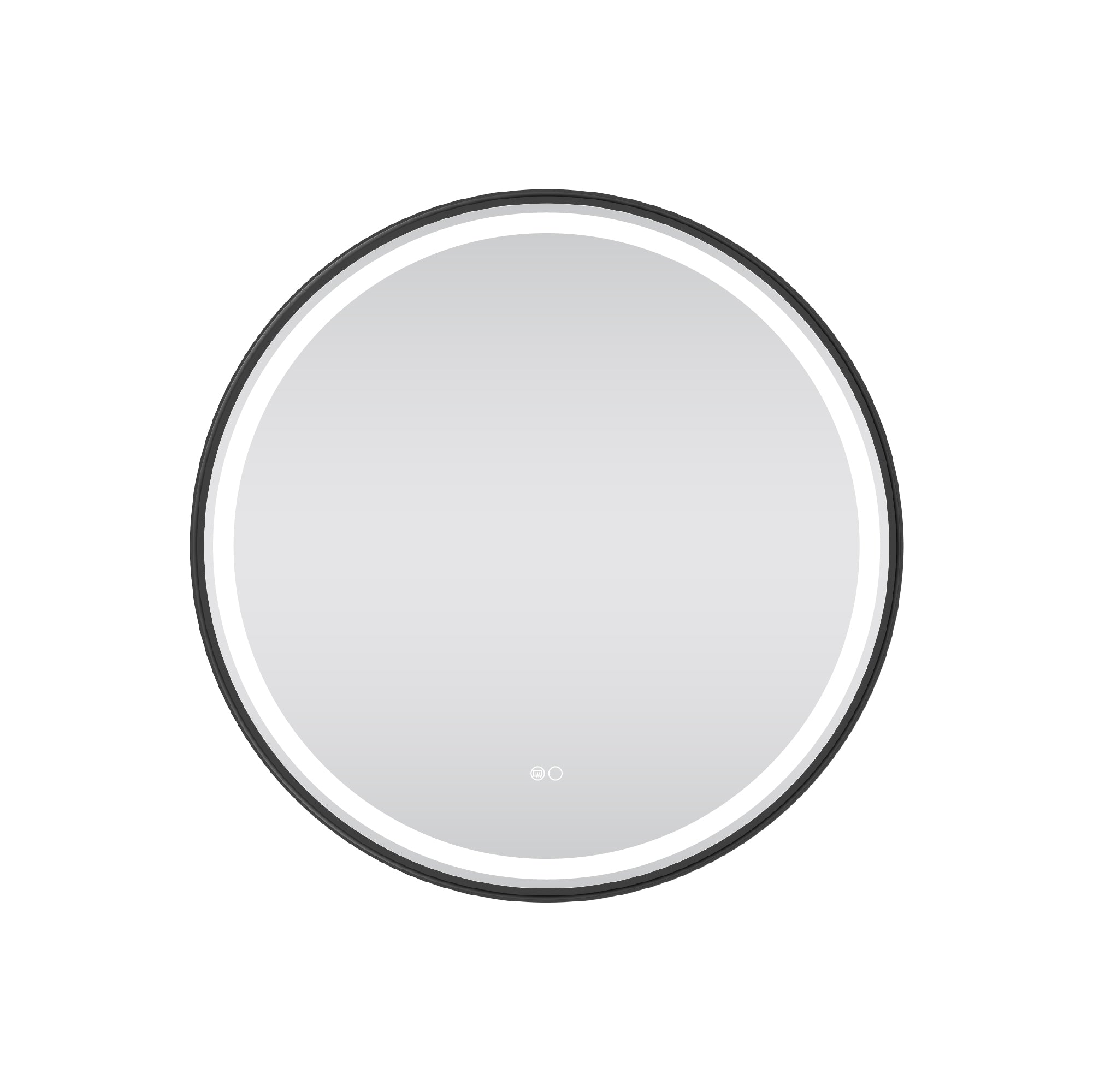


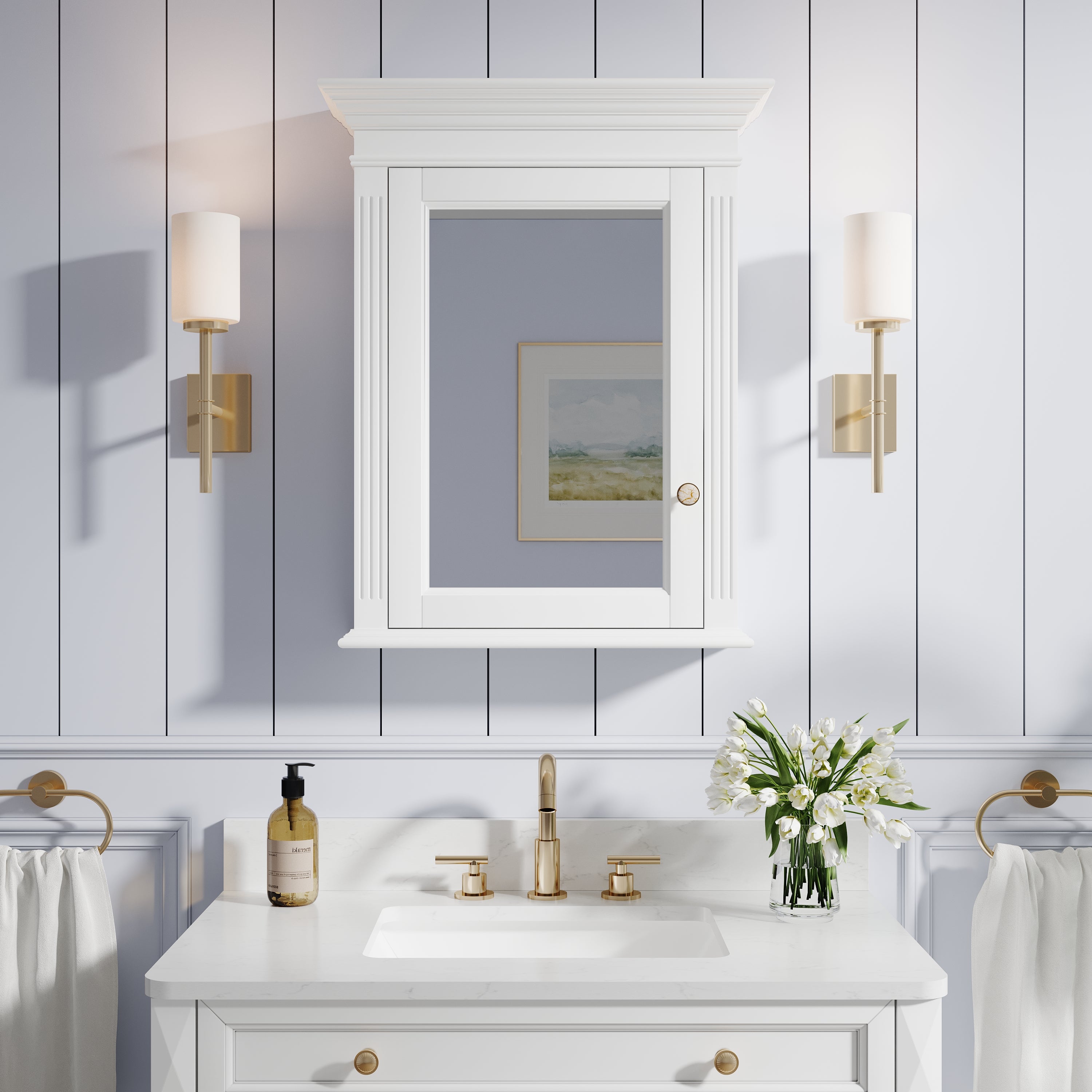
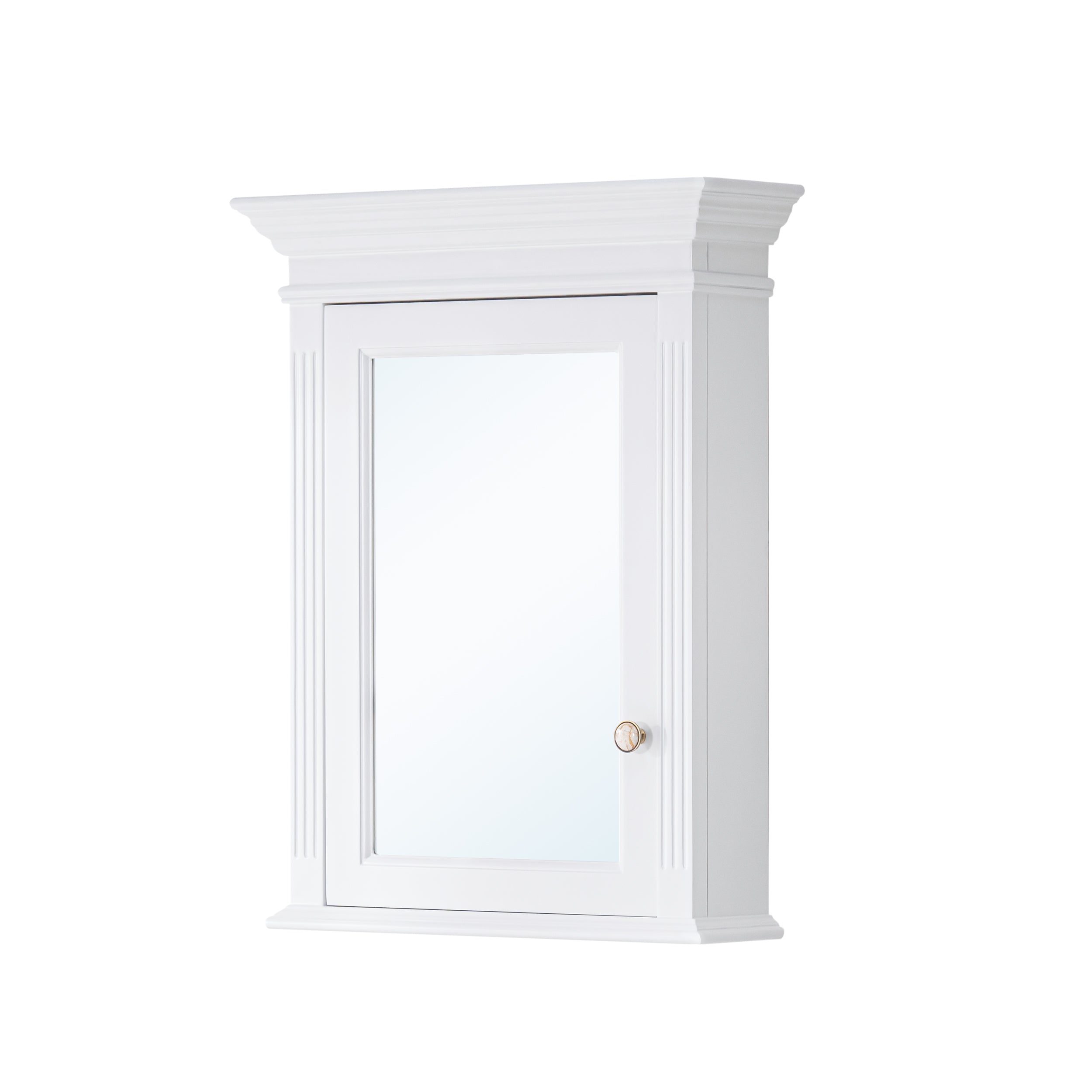
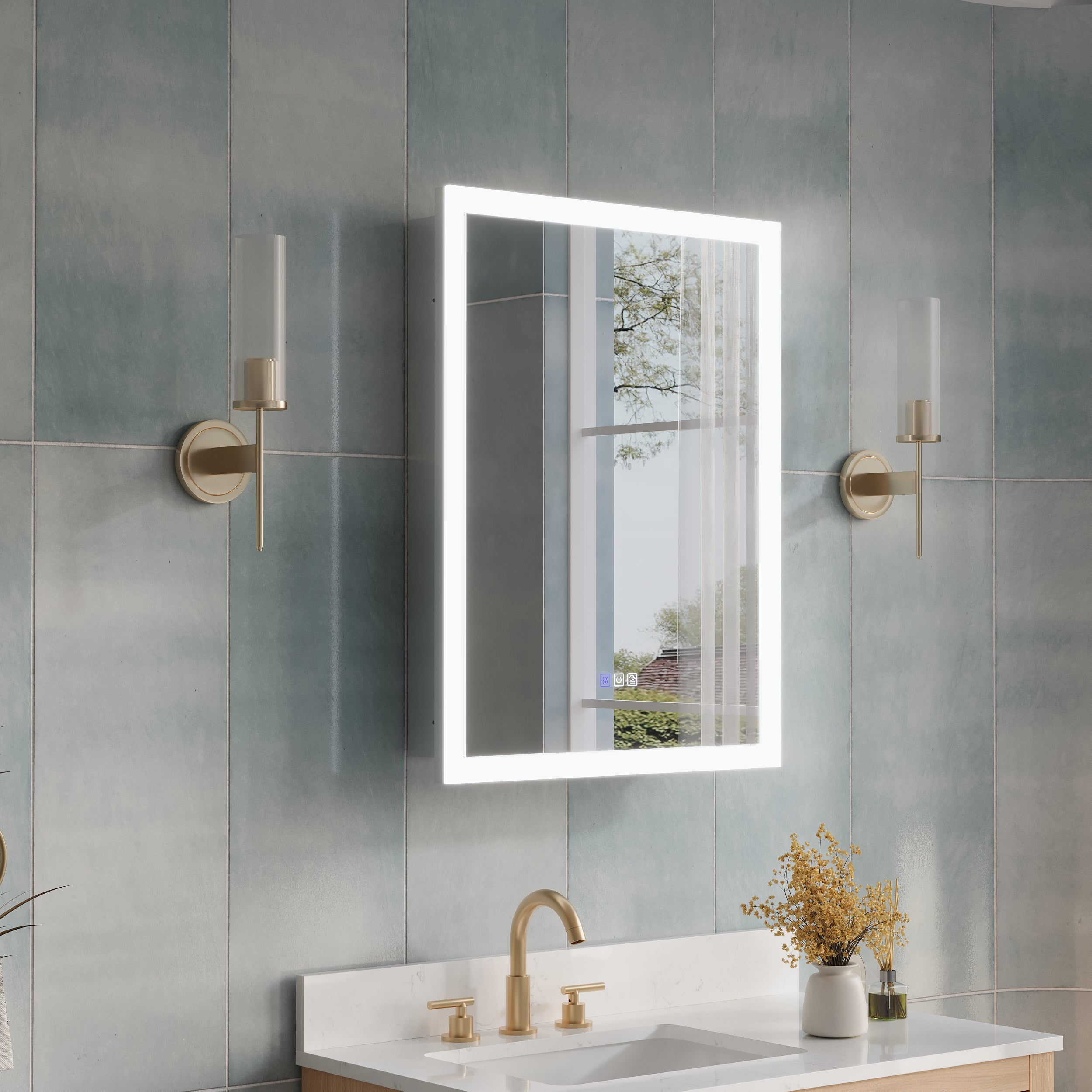
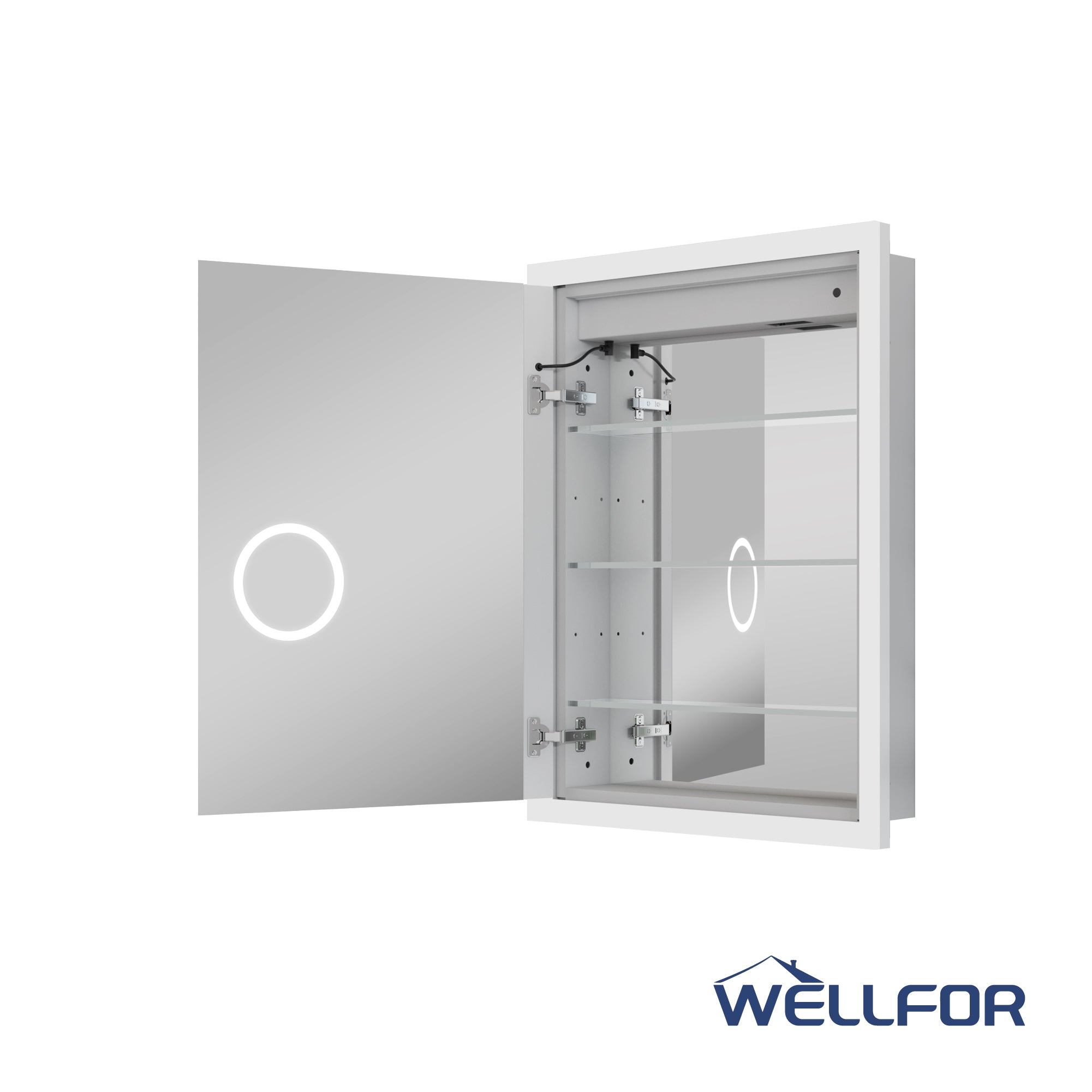
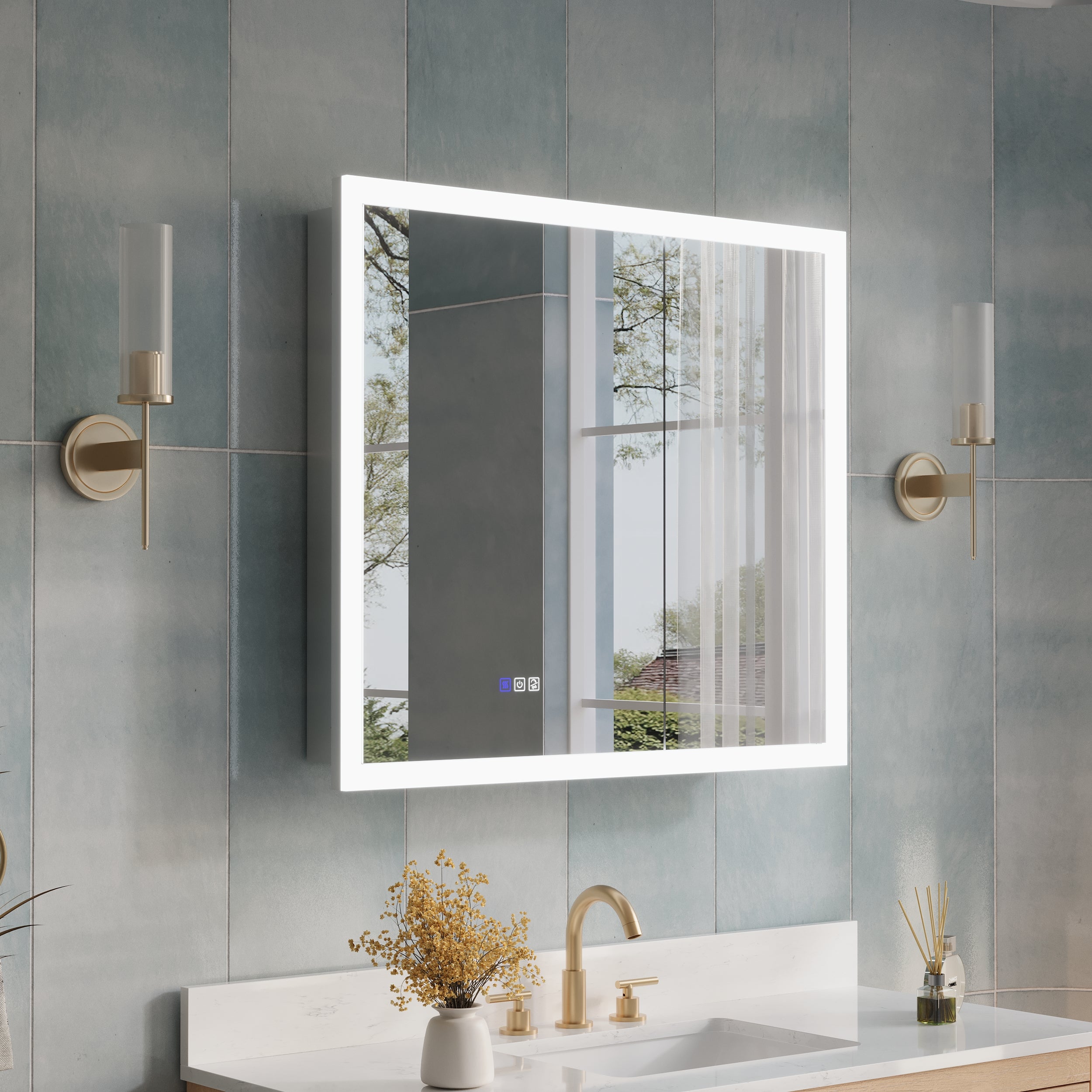




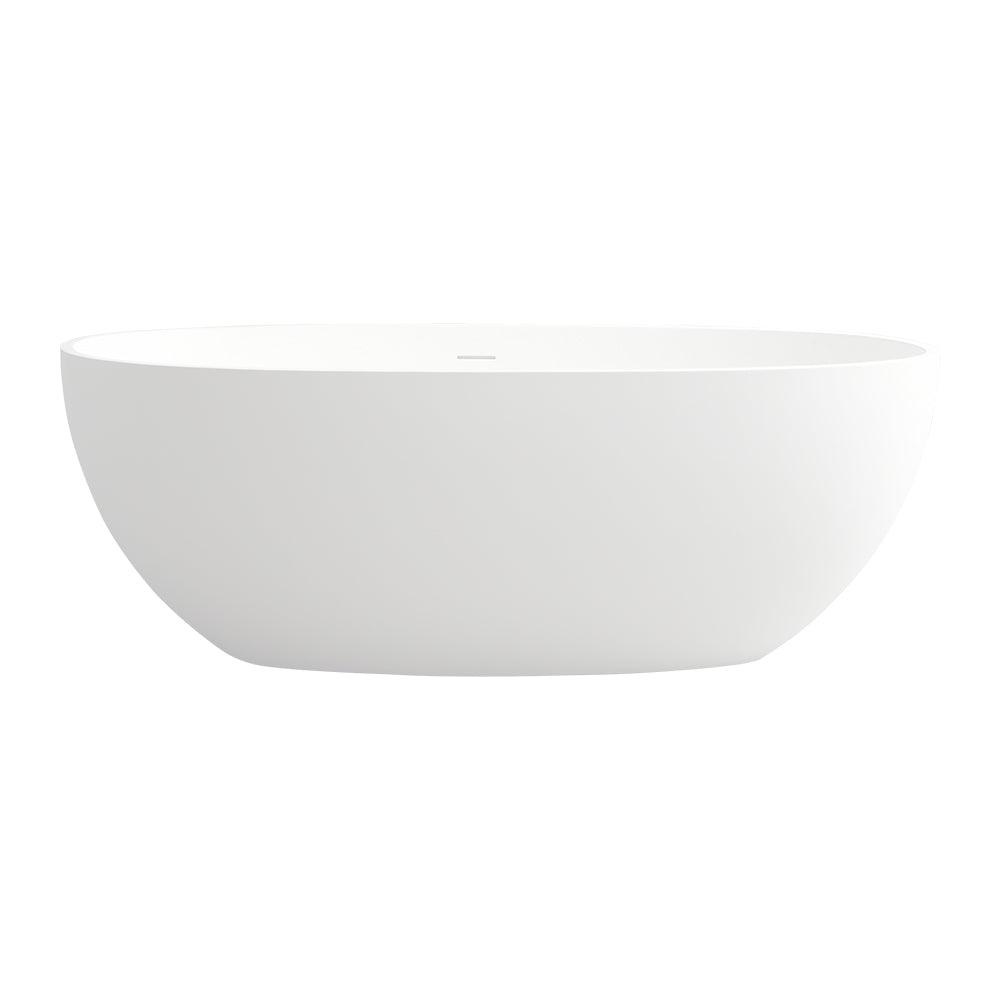
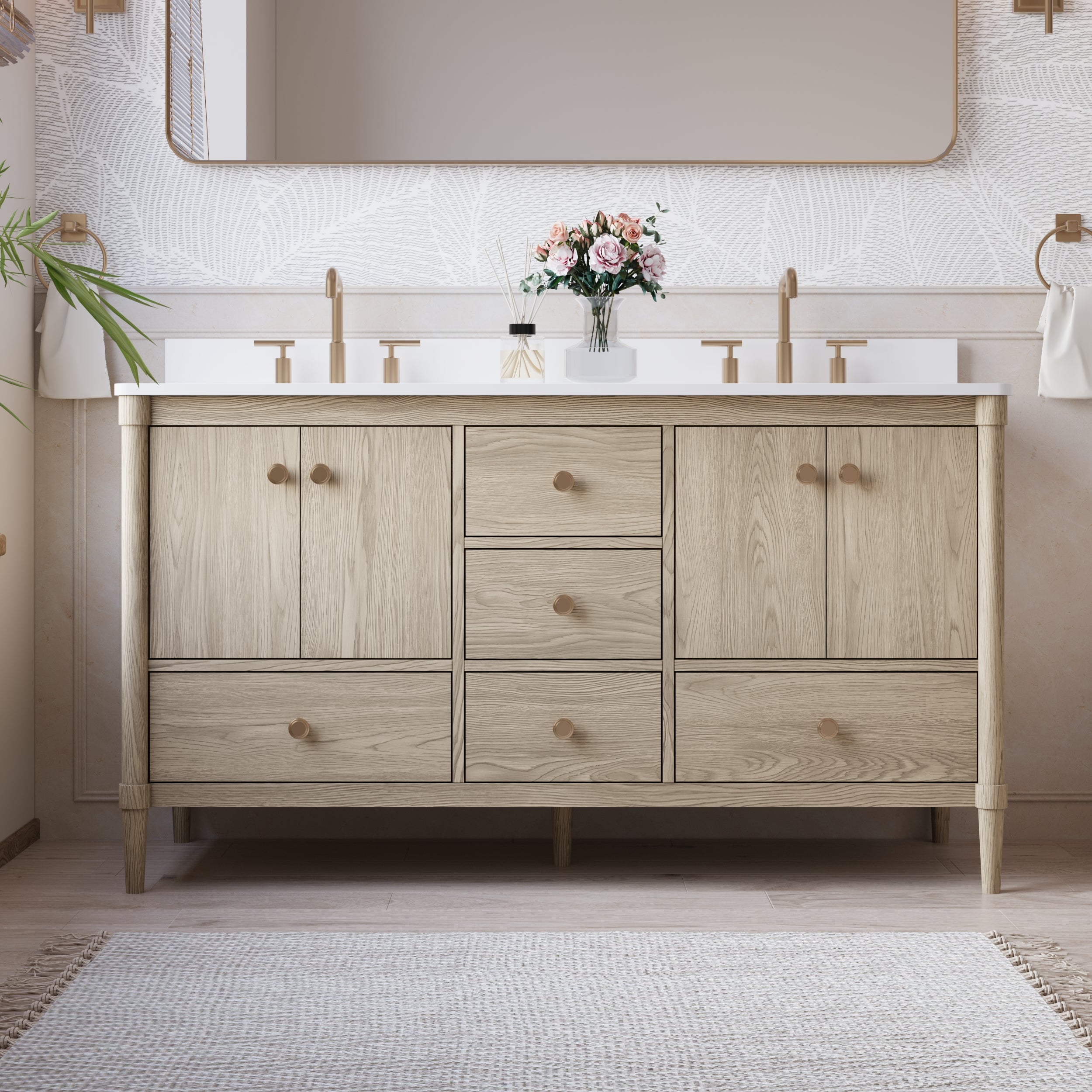
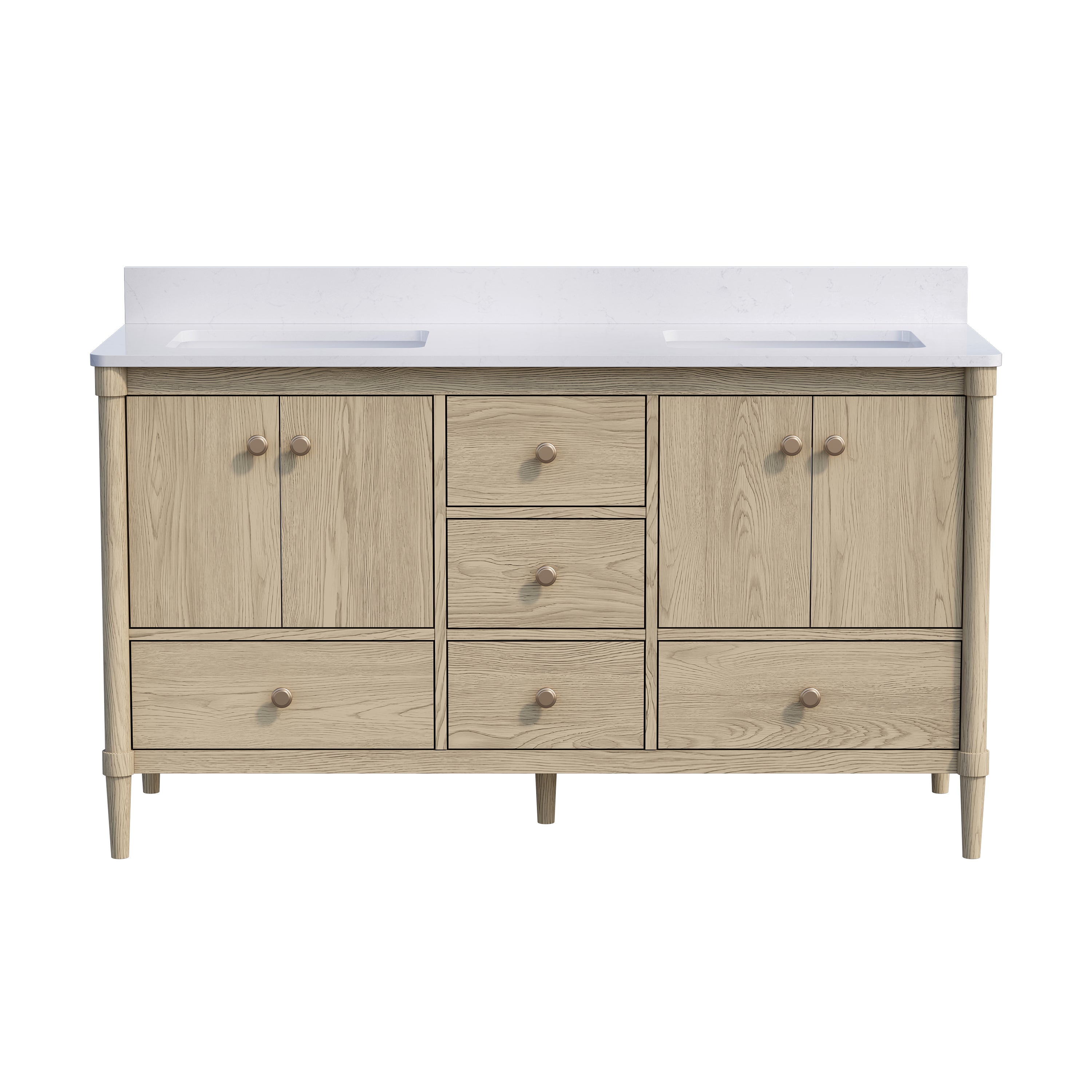
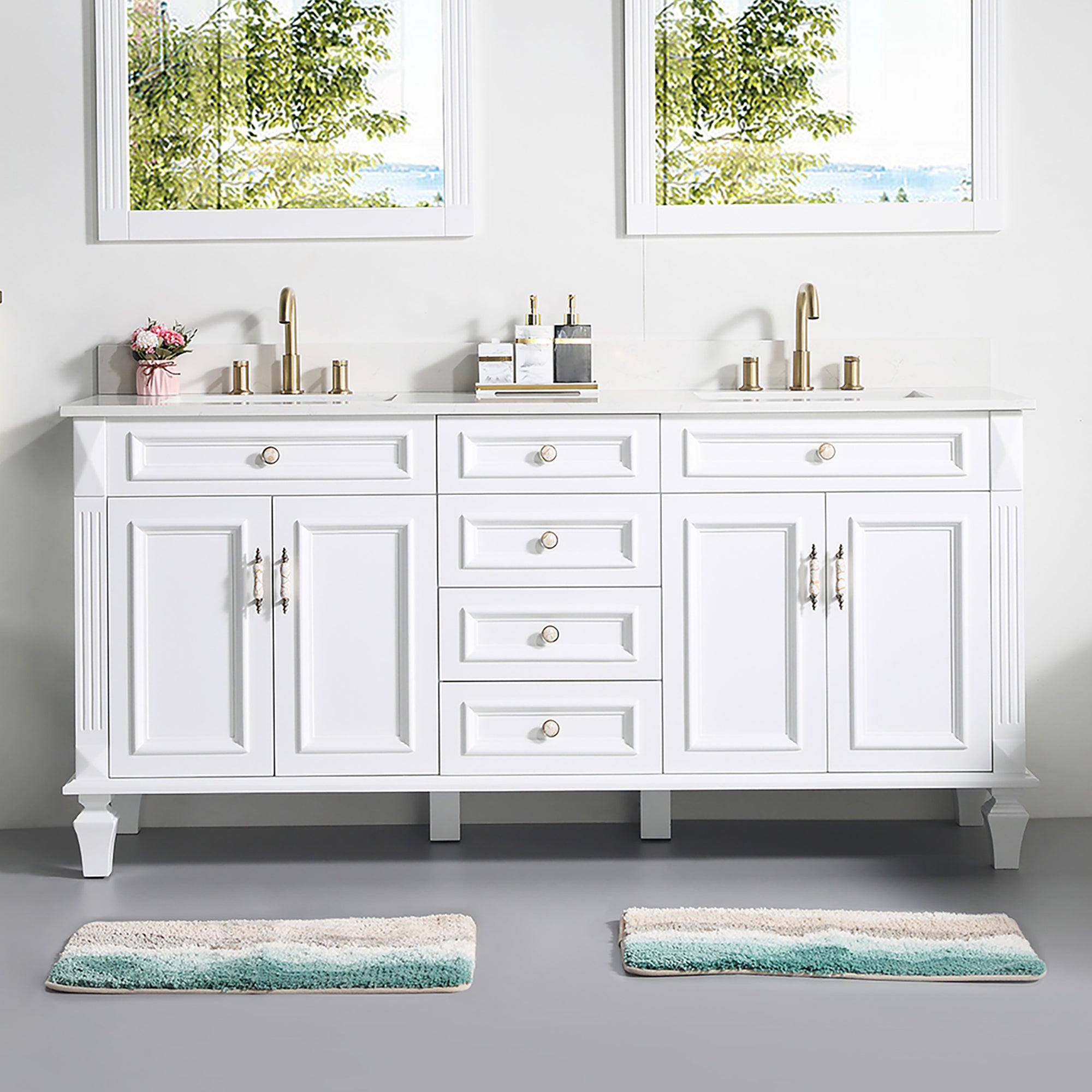

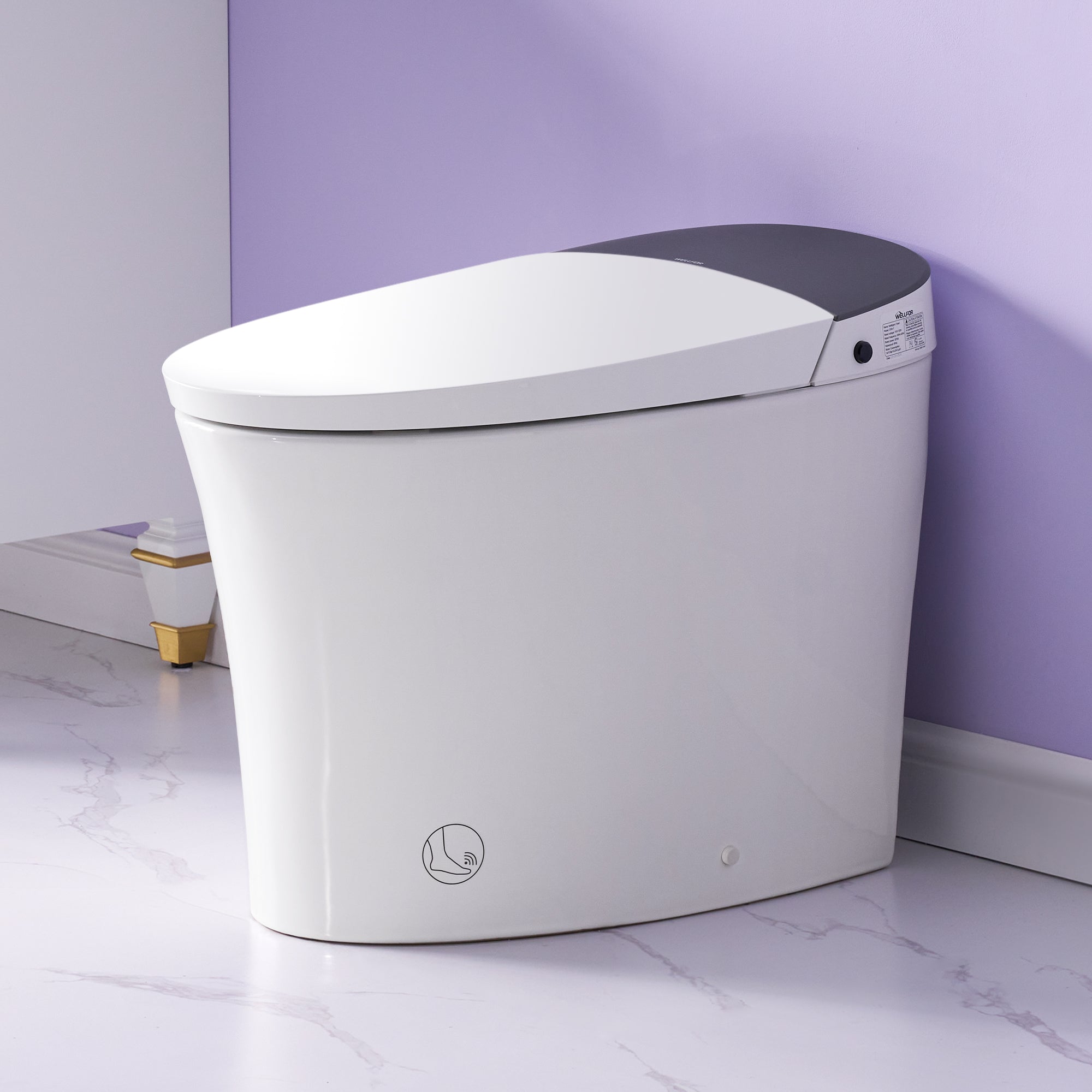
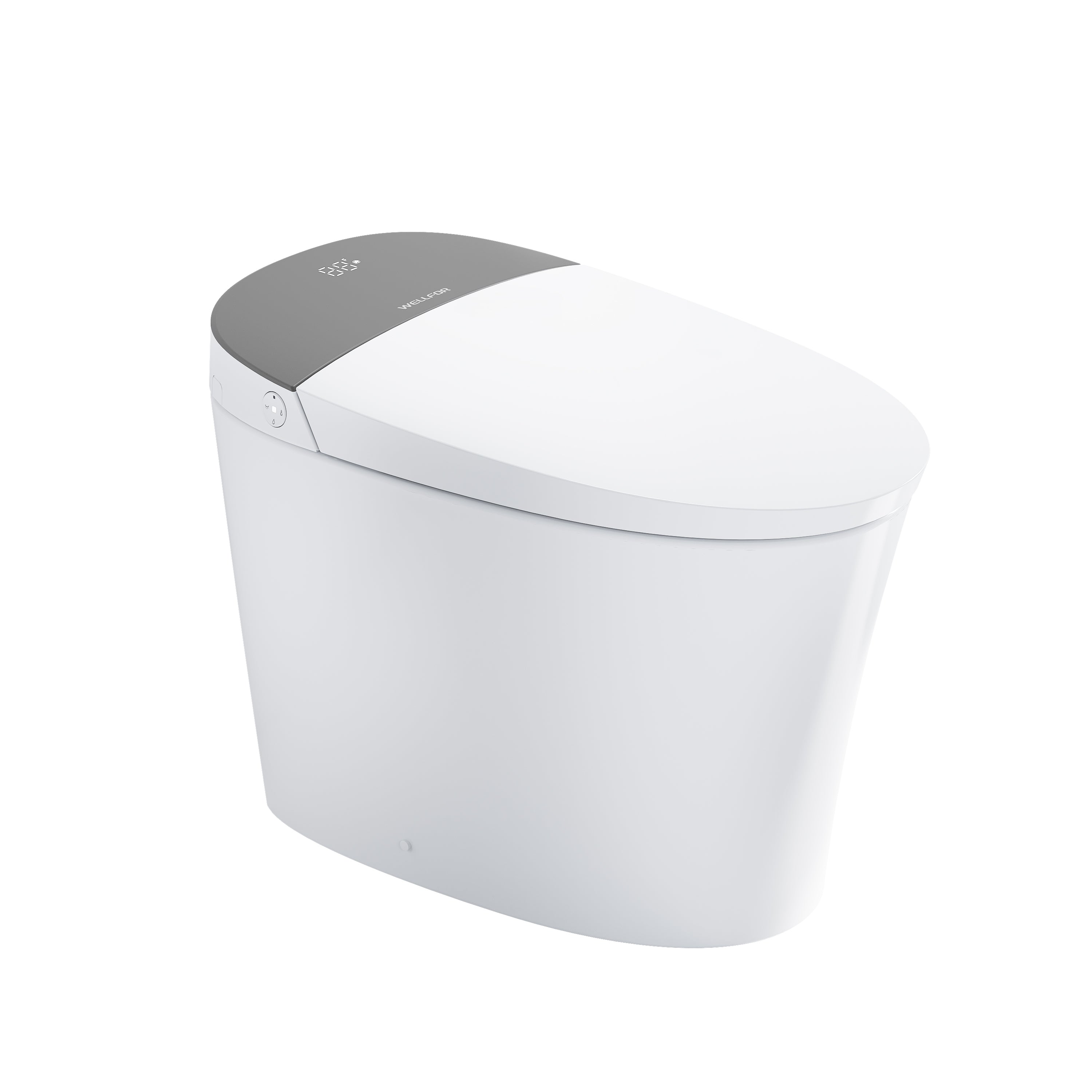

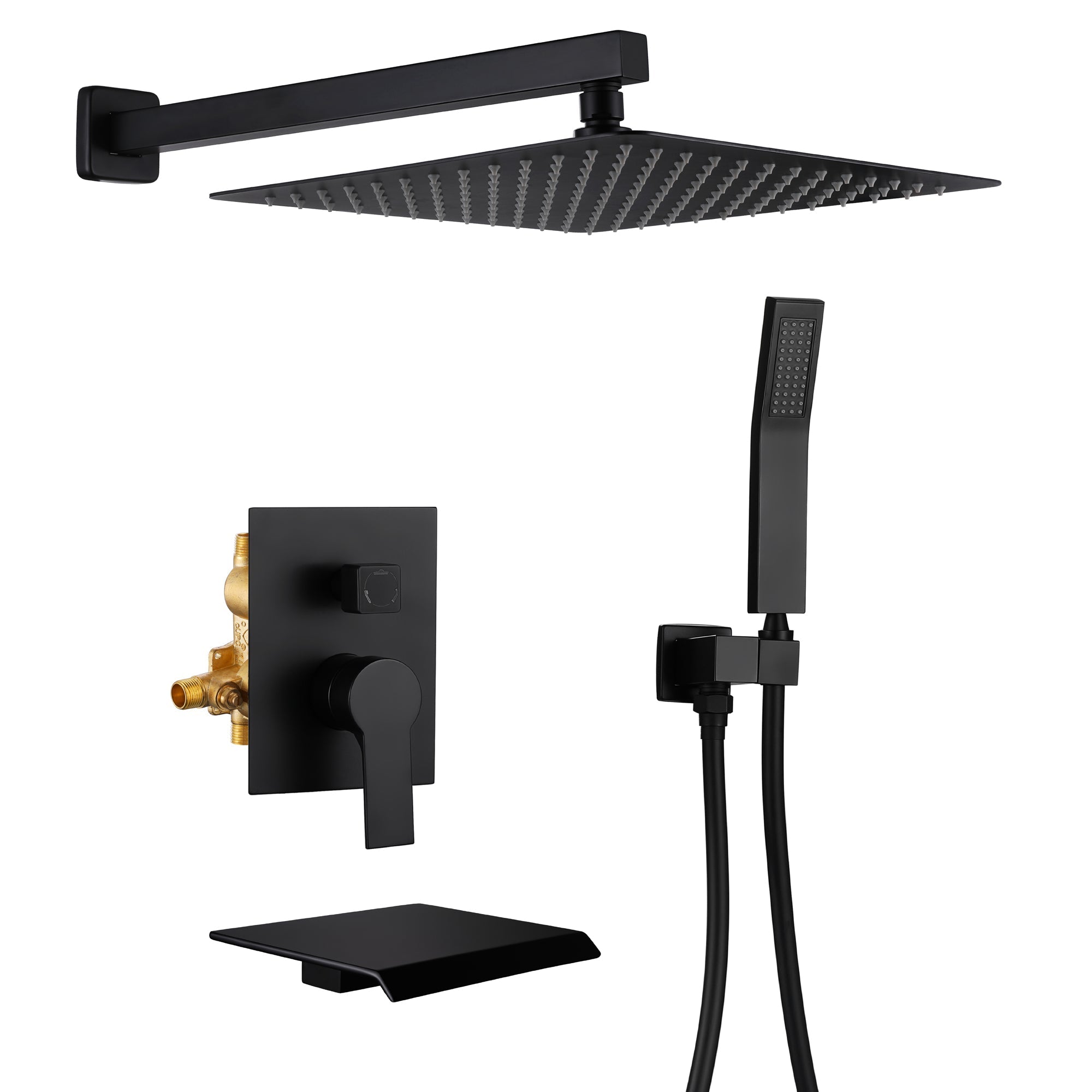
Leave a comment
This site is protected by hCaptcha and the hCaptcha Privacy Policy and Terms of Service apply.